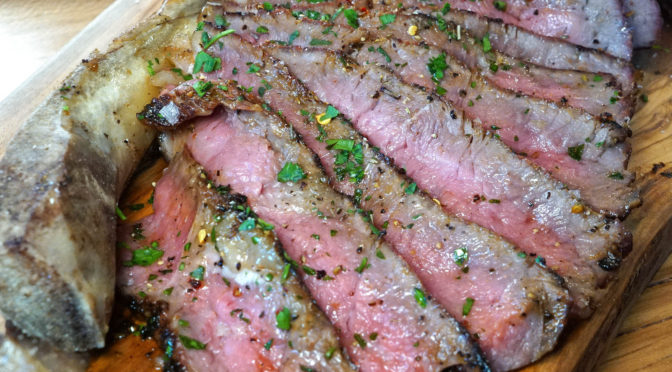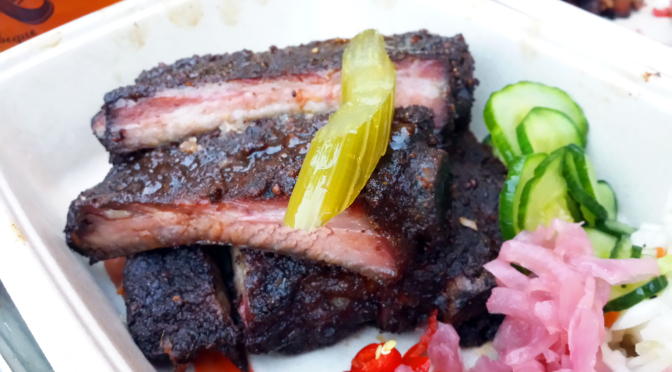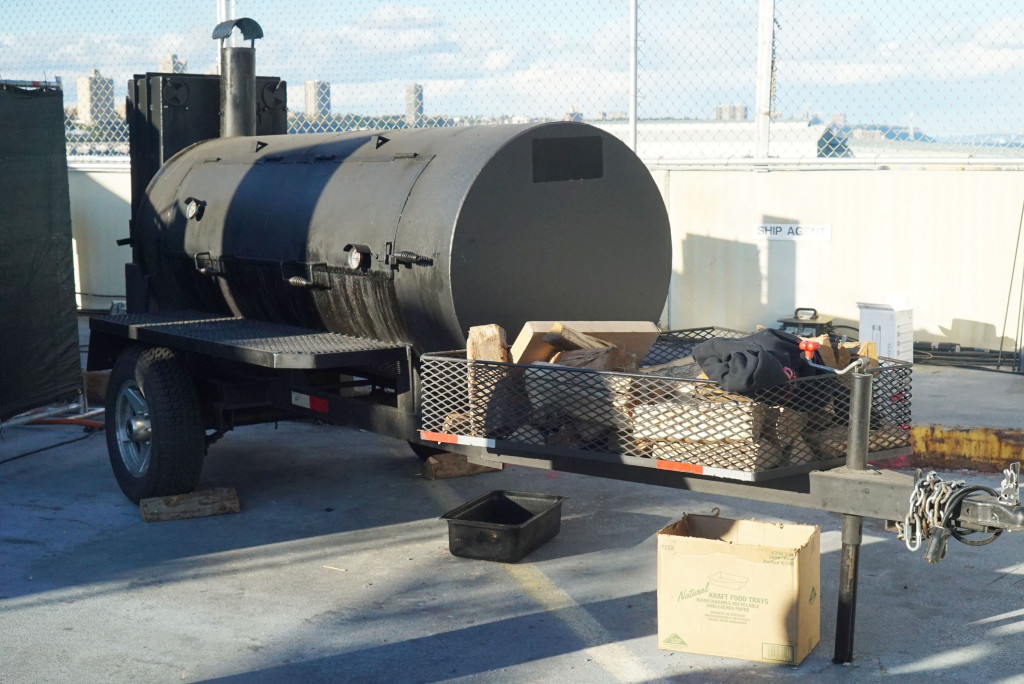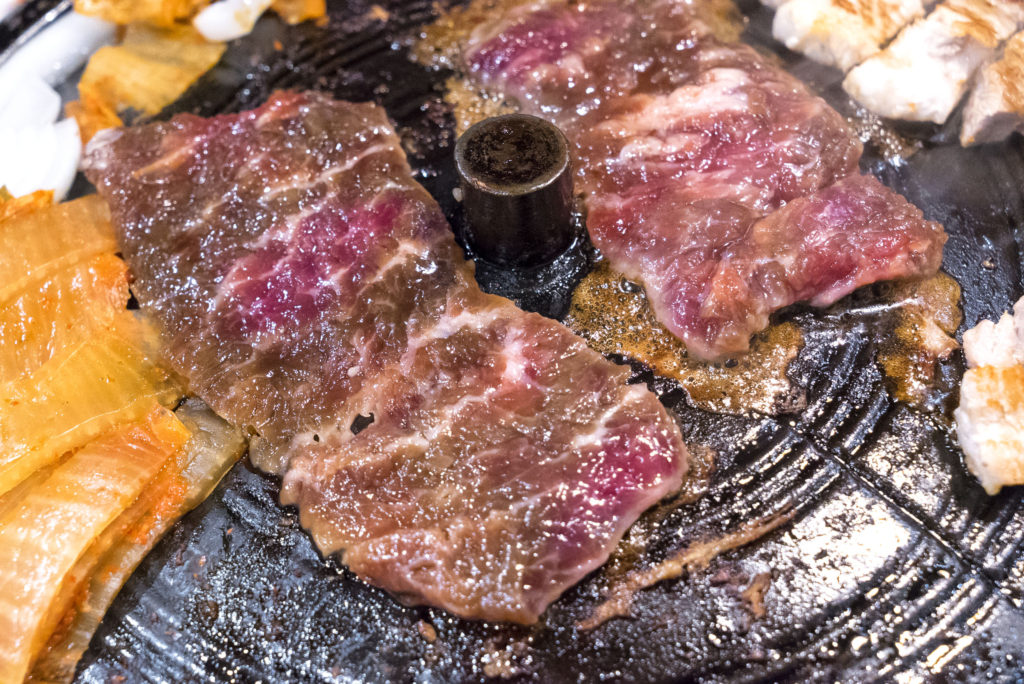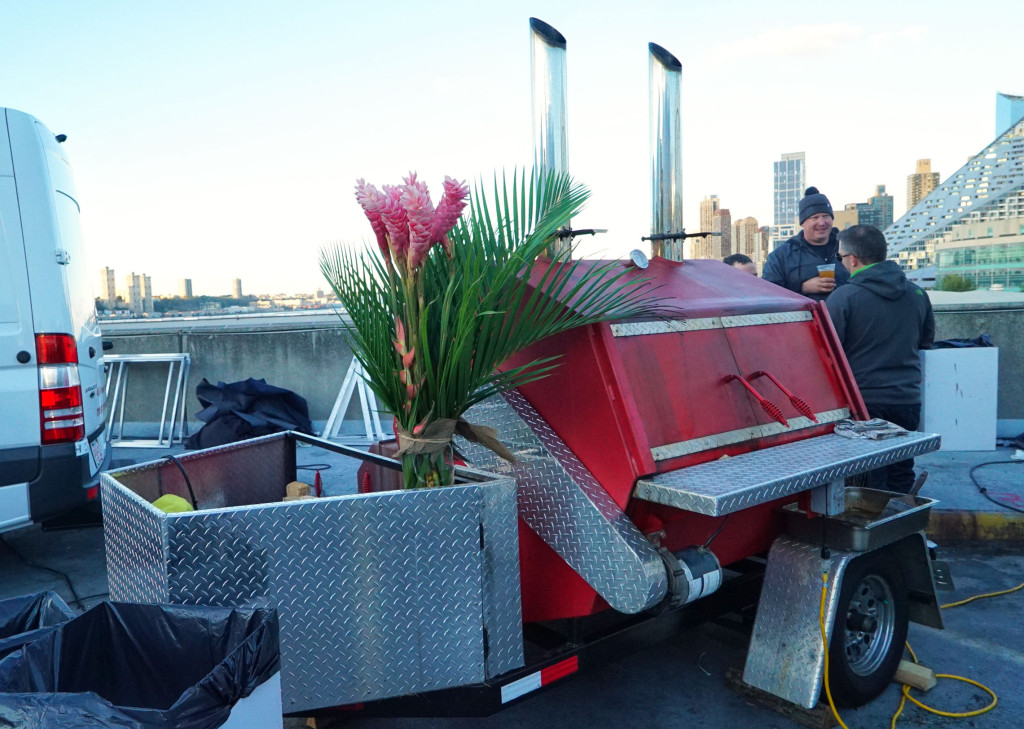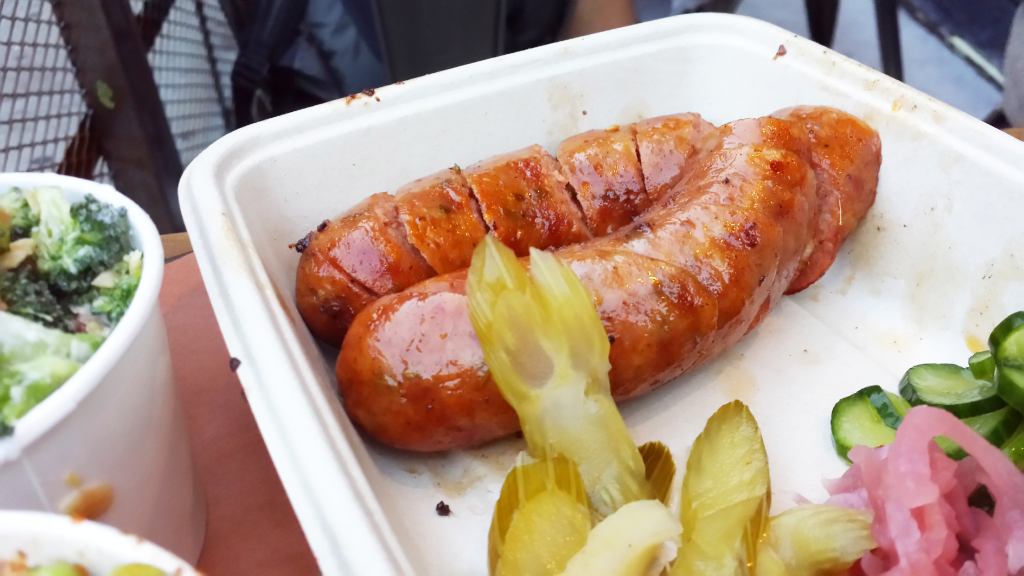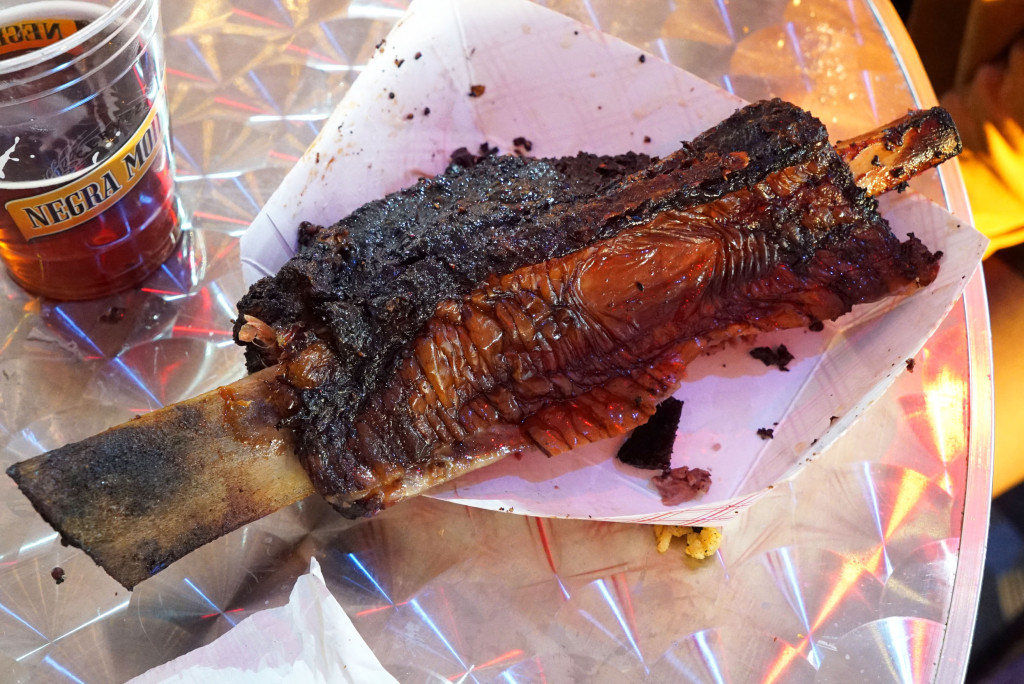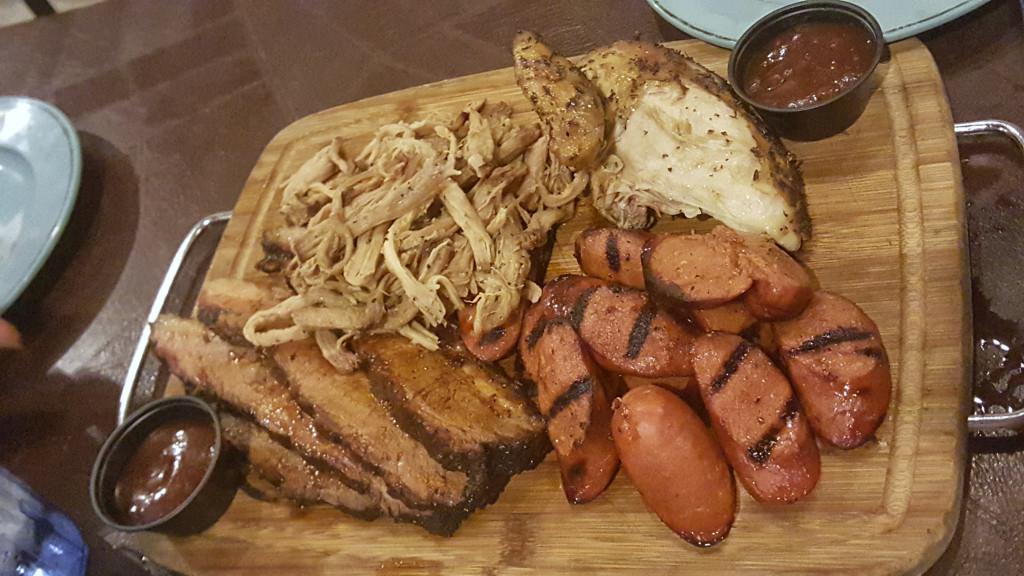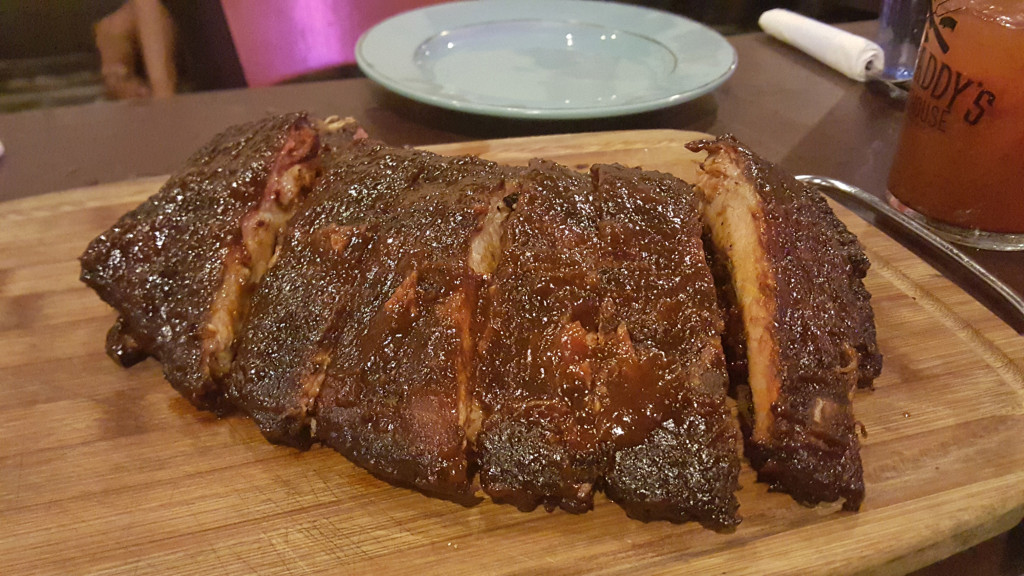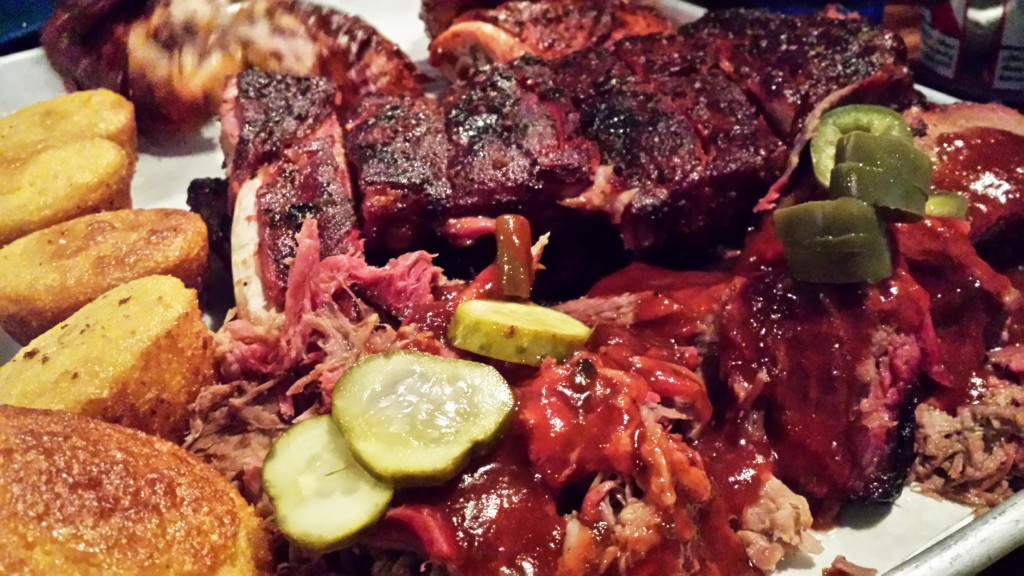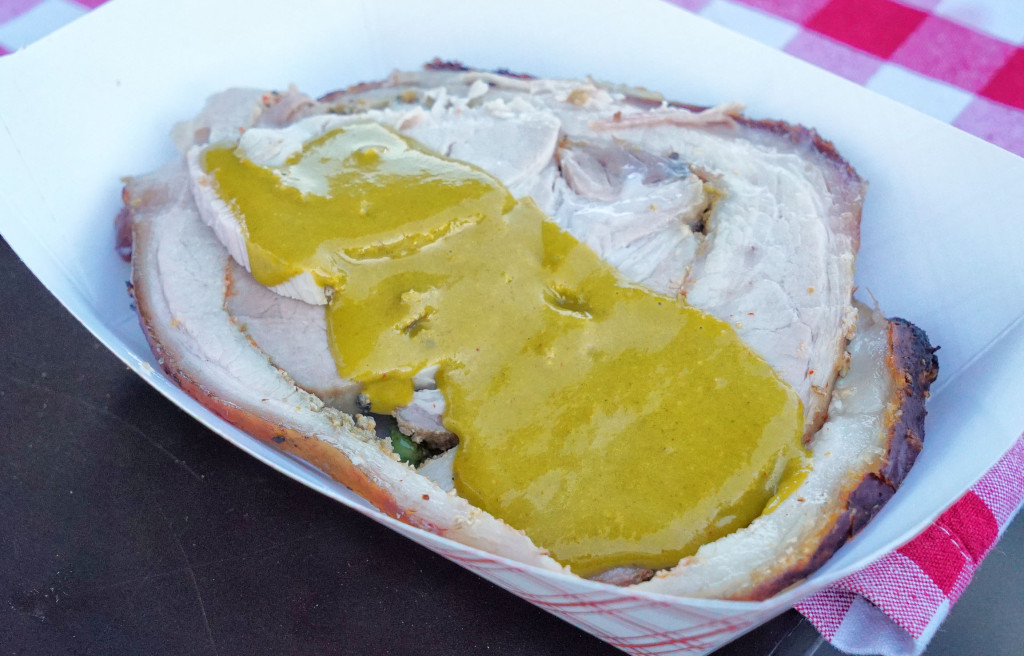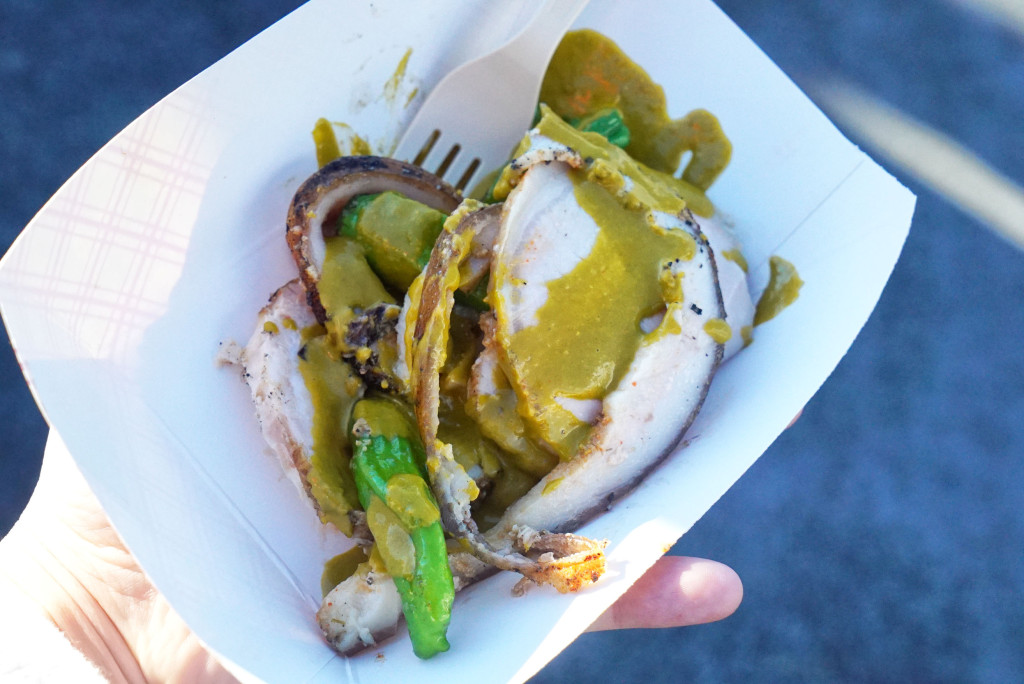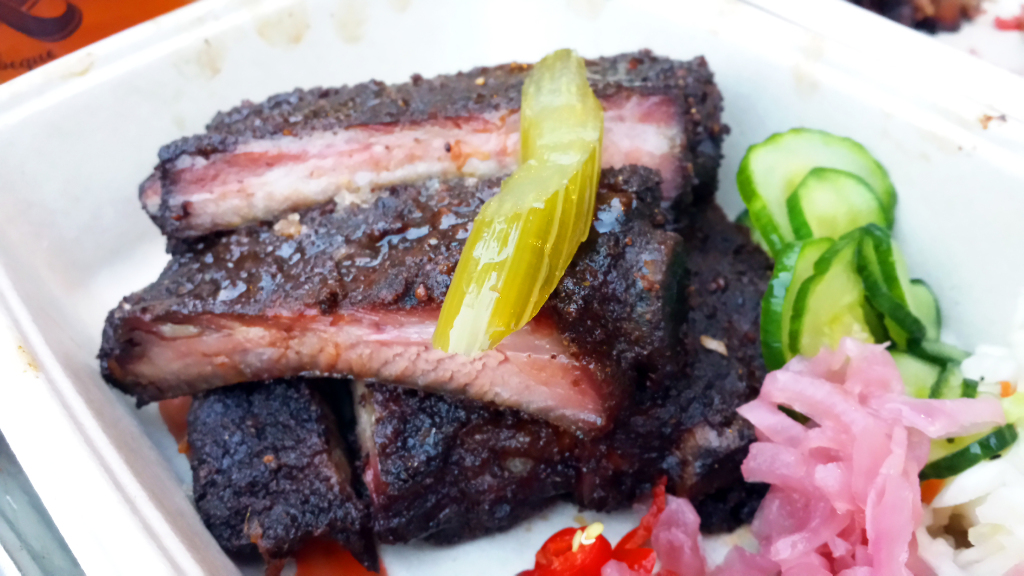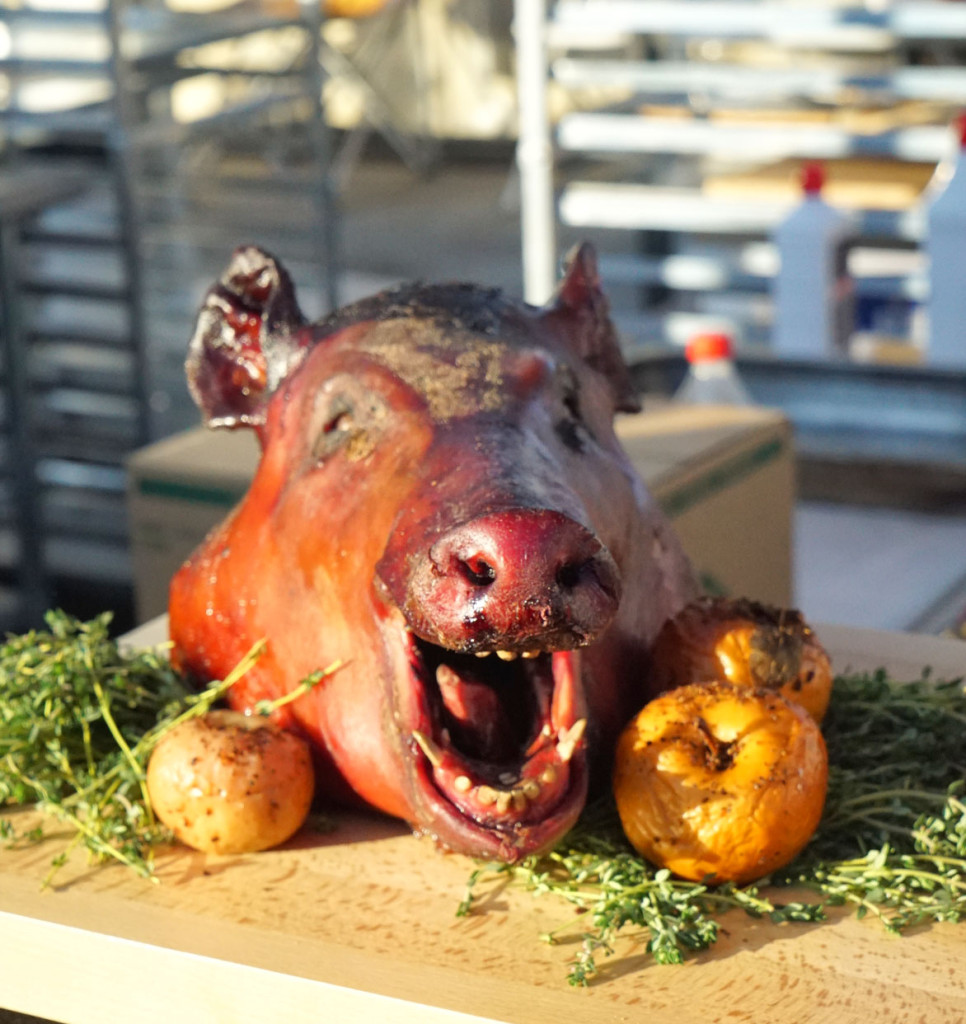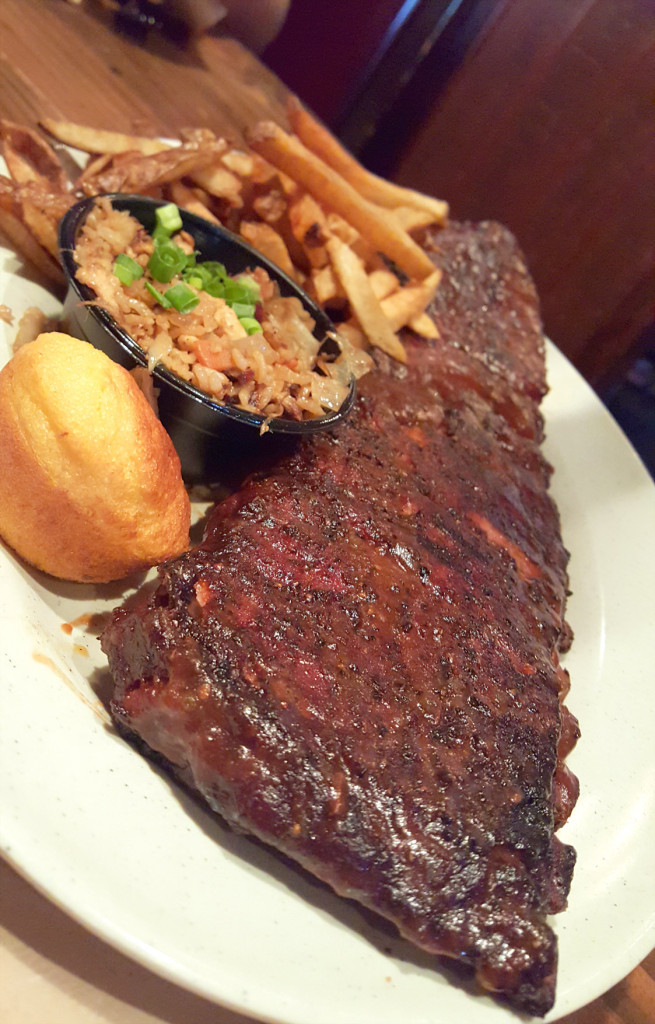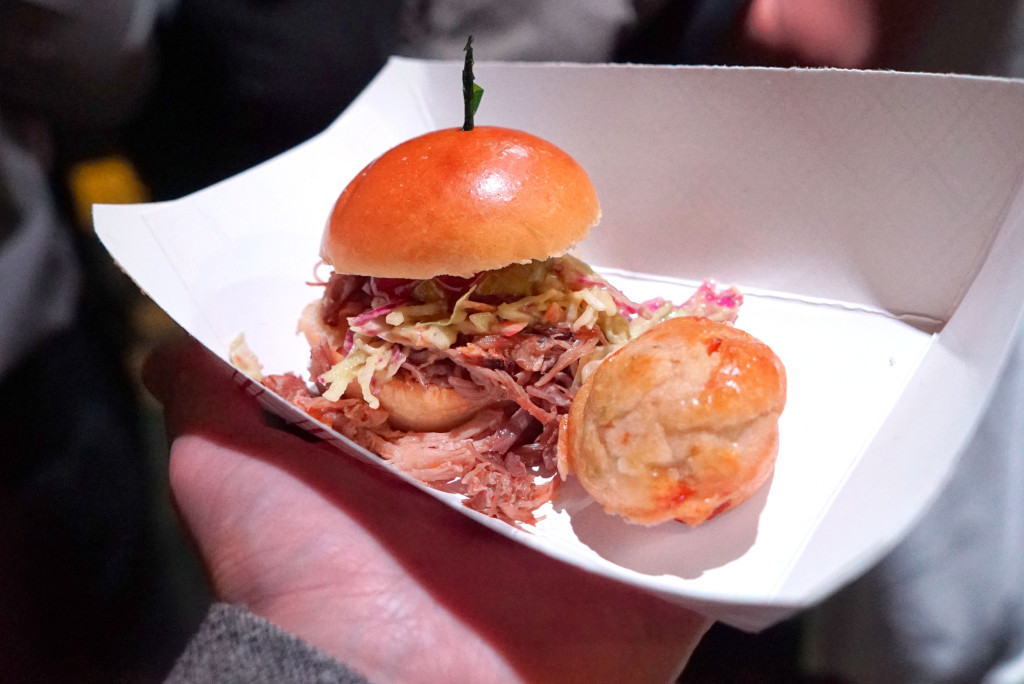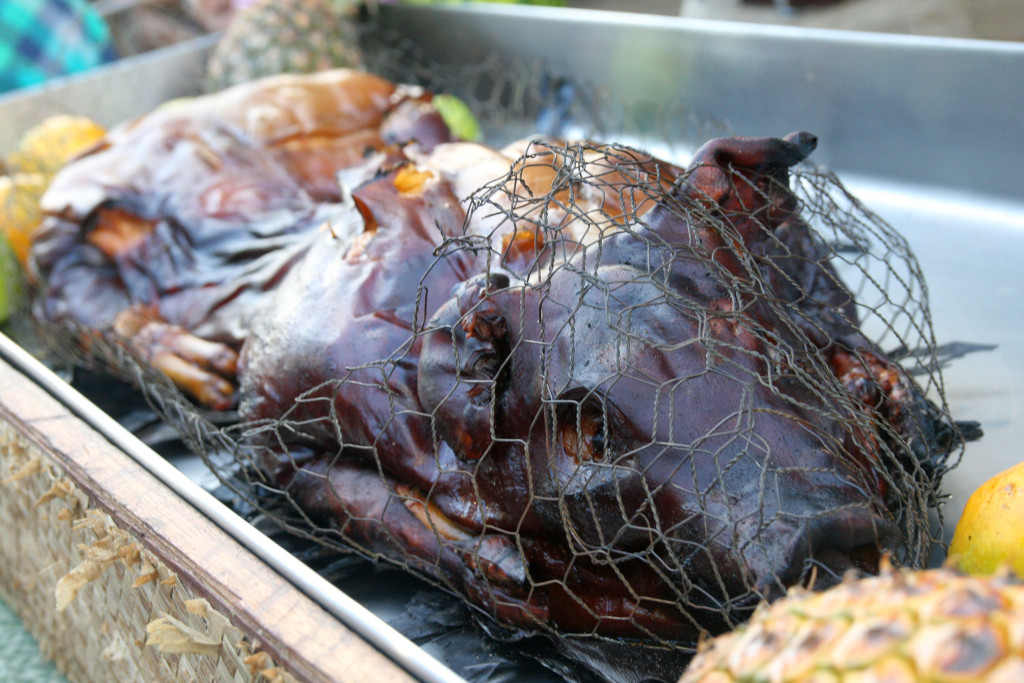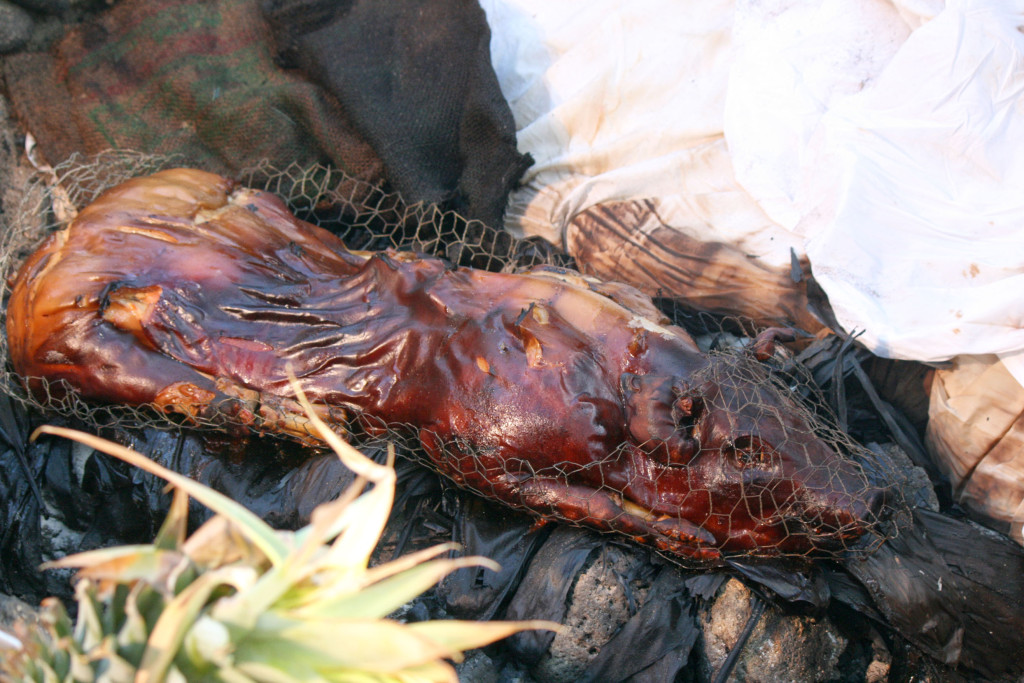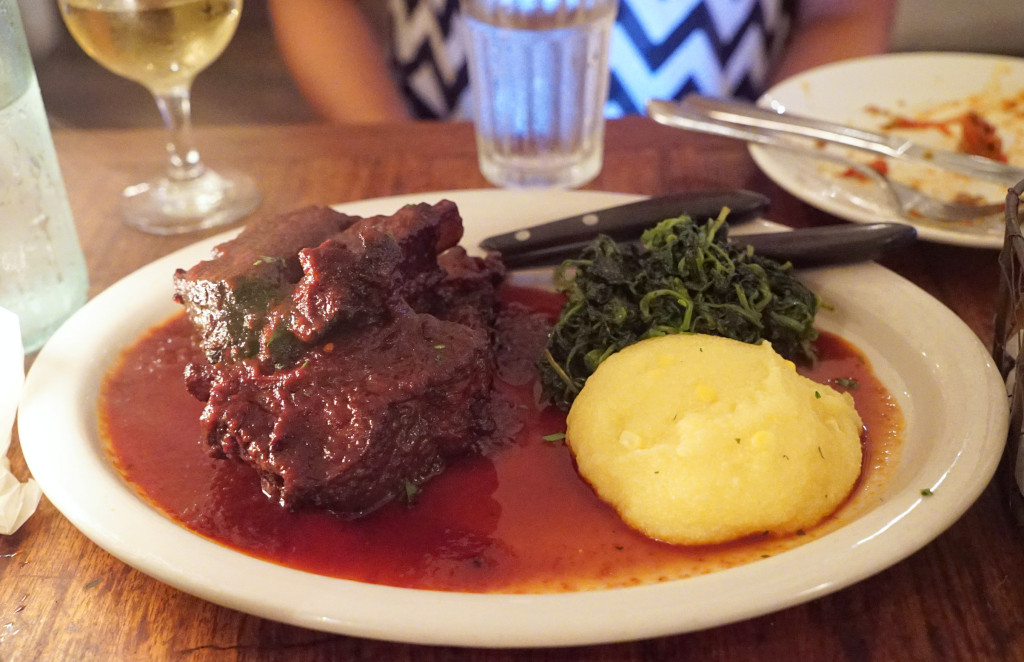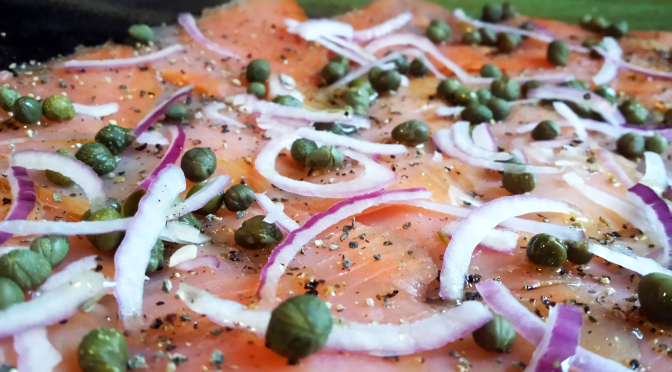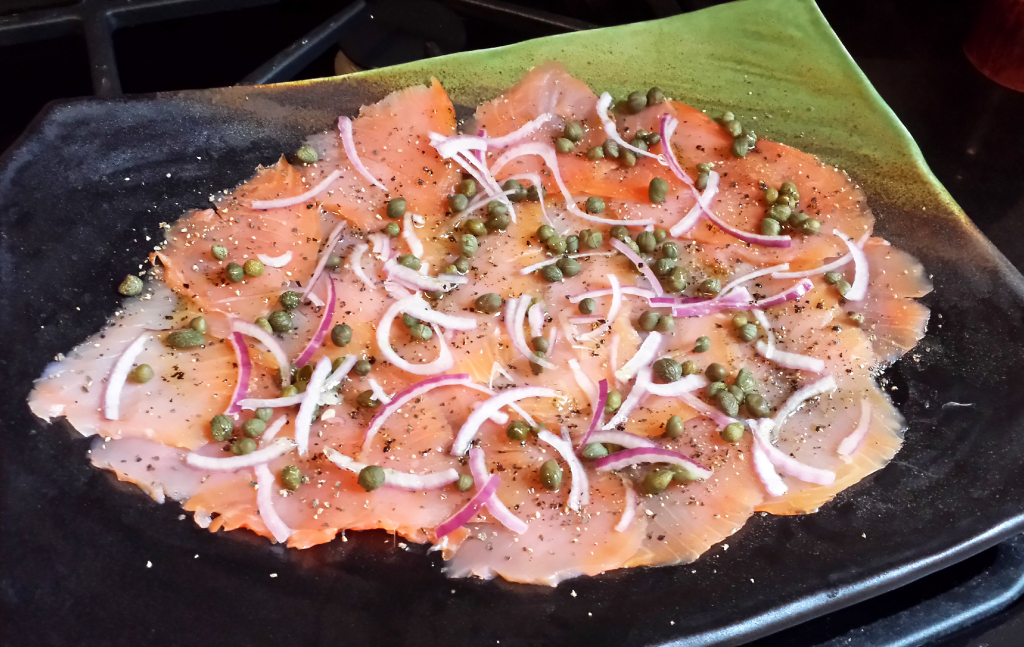UPDATE: THIS JOINT IS NOW CLOSED AS OF 3/1/19
This joint offers some of the most unique and delicious dishes I’ve come across in a while. I went with a group of food Instagrammers to help the restaurant get some pics out to the masses, so we were able to sample a lot of stuff.
First off, the cocktails are really creative.
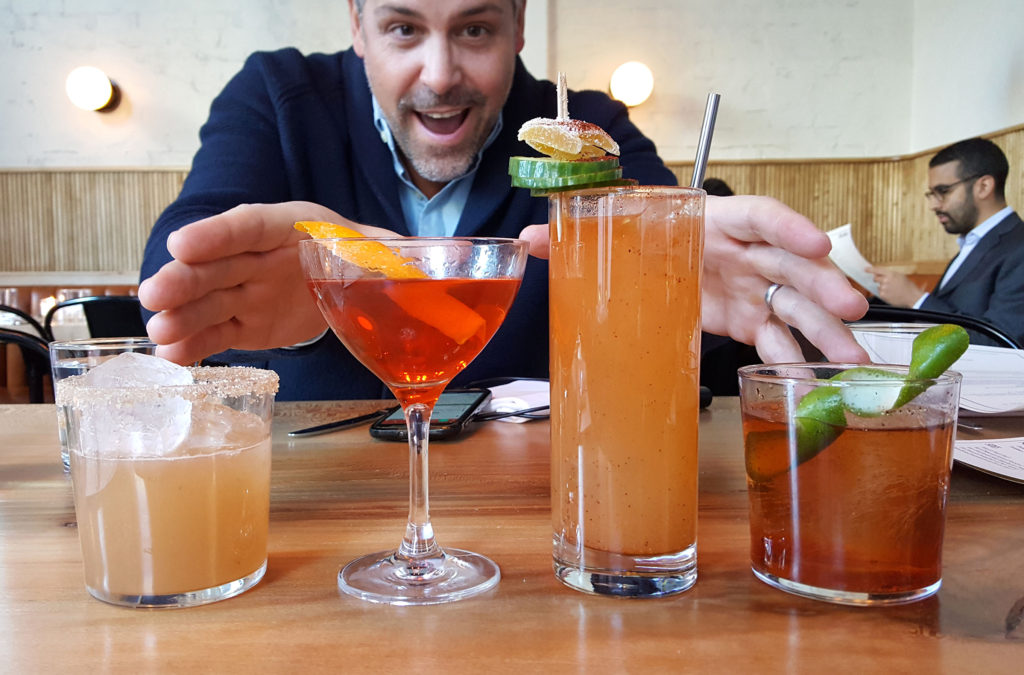
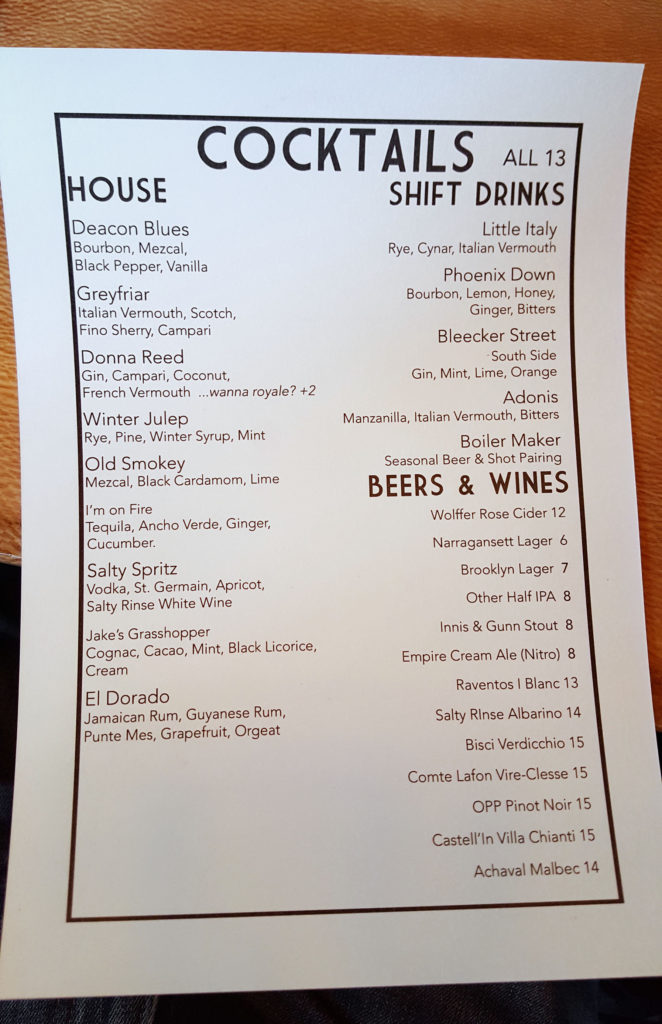
If you like apertif type drinks, try the Greyfriar or the Donna Reed. I generally shy away from them due to the bitter element, but these were extremely tasty and have me re-thinking the entire class. My favorites, though: Old Smokey, I’m on Fire and Deacon Blues.

Take a look at the food menu.
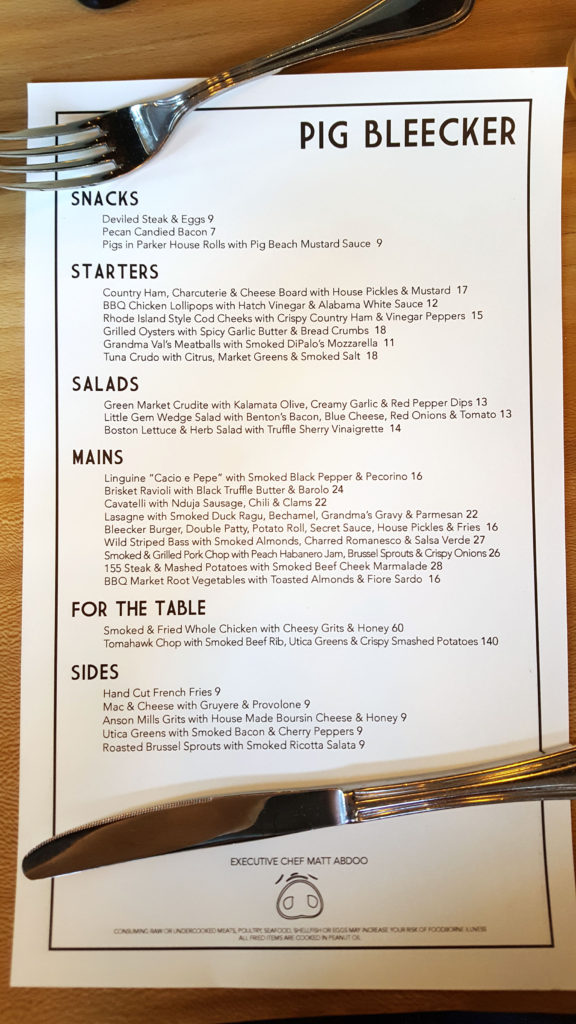
Everything looks/sounds good because everything IS good. I’m serious. Every item we tried was not only good but often times outstanding. I seriously think this is my new favorite restaurant.
Okay on to the goods. I apologize in advance for some of the pics that I didn’t bother editing. I was primarily concerned with getting just a few to look great for Instagram, in particular the steak, burger and fried chicken dishes.
These little corn bread wafers are a nice change from standard table bread in a basket.
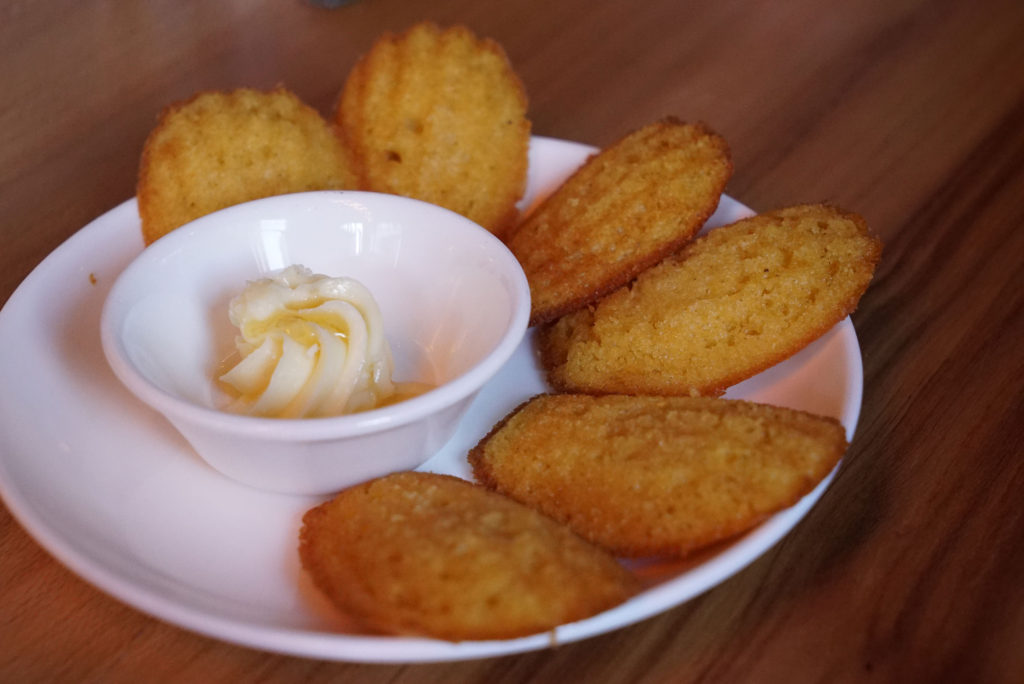
SNACKS
The Pecan Candied Bacon is served in a mason jar. They reminded me of the stuff my wife makes, only without the spicy element.
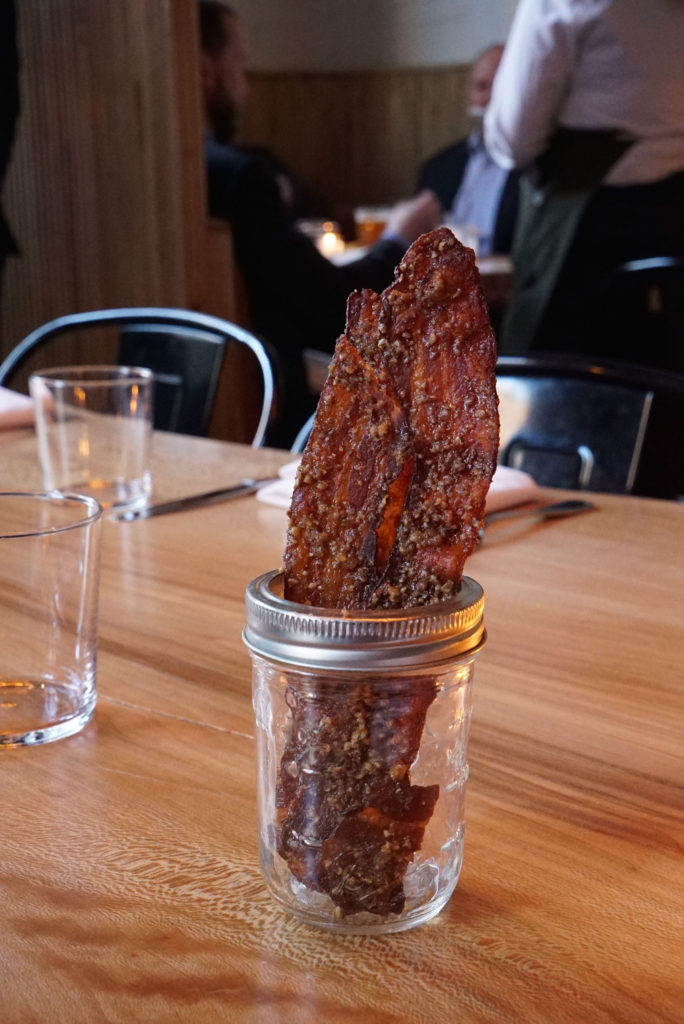
The Deviled Steak & Eggs is essentially a deviled egg with steak tartare under the whipped yolk. Excellent bites.
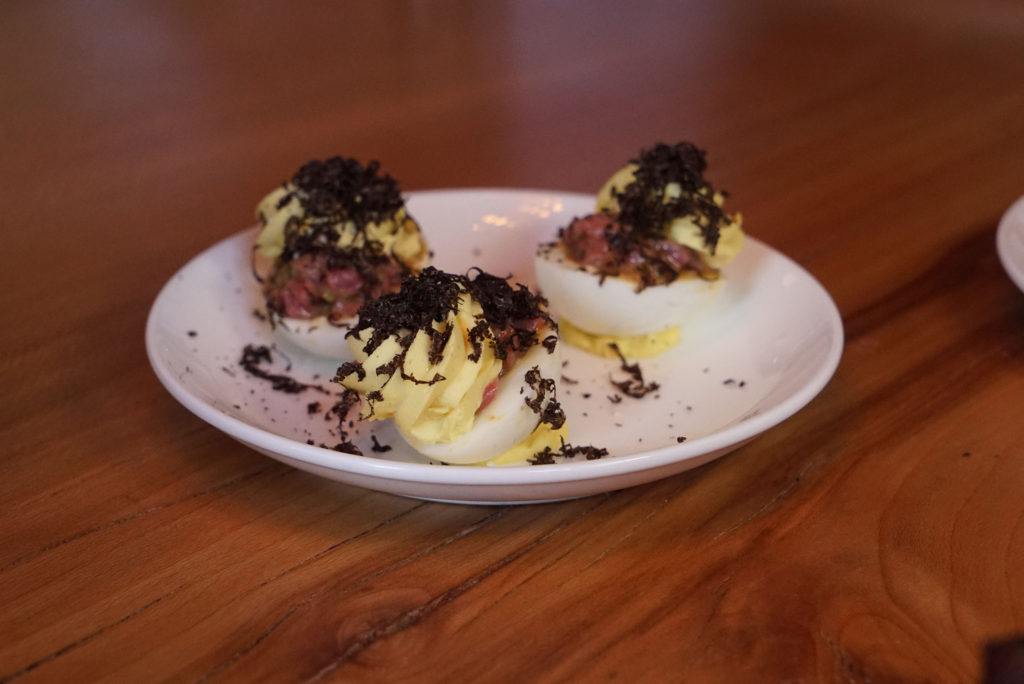
STARTERS
If there’s only one thing Chef Matt Abdoo should have as his legacy, it’s his ability to make incredible sauces. These BBQ Chicken Lollipops feature one of those amazing sauces. They are fantastic.
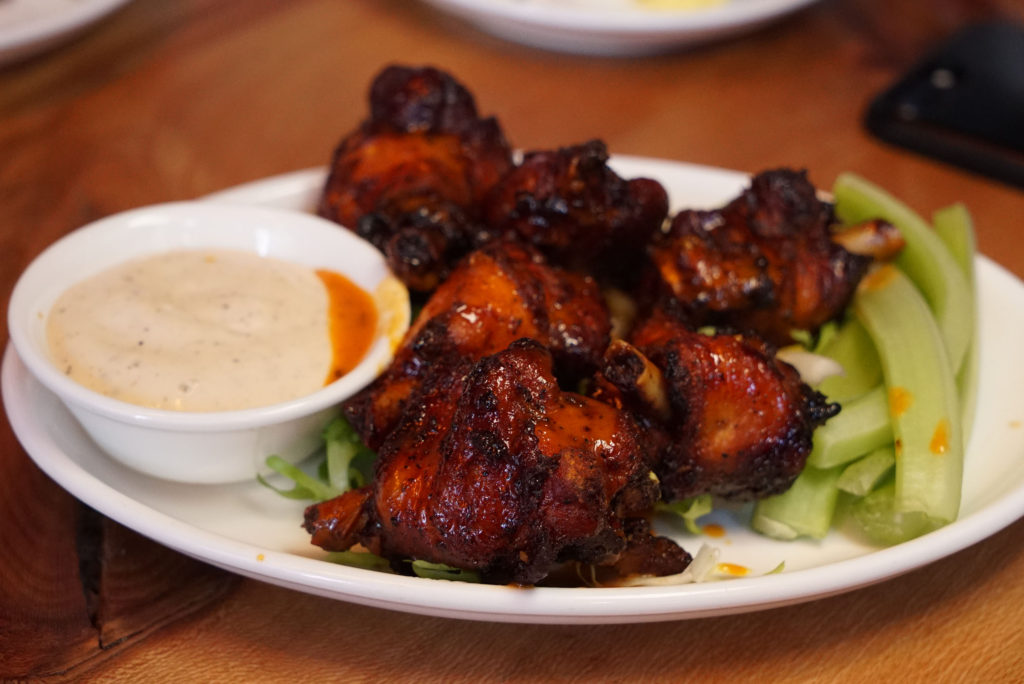
Grandma Val’s Meatballs are really great. Again, that sauce is killer.
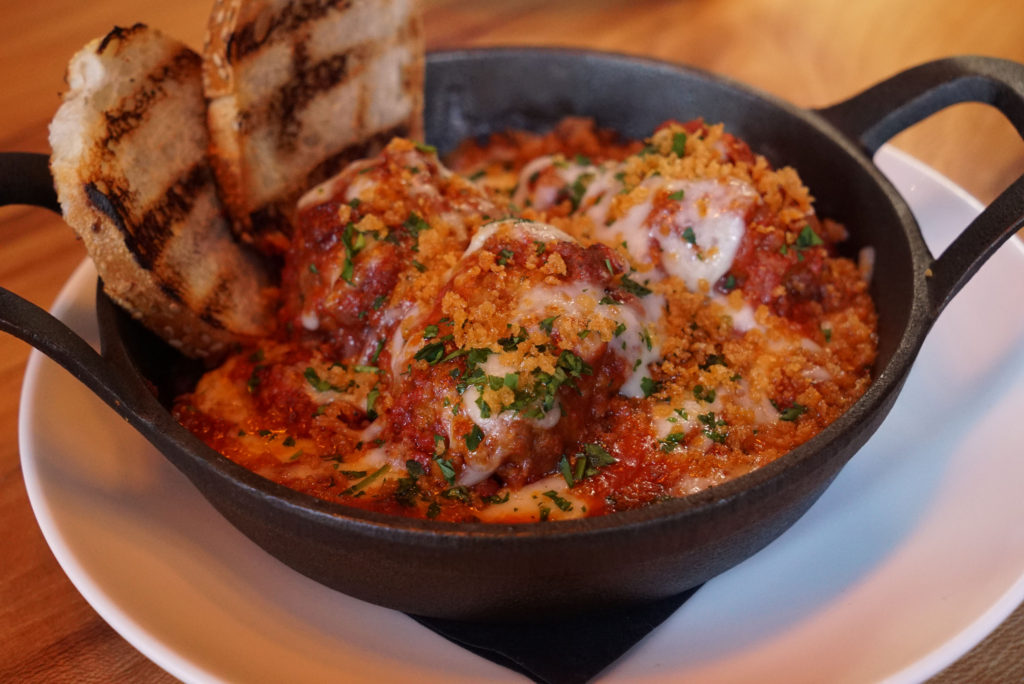
This next dish of fried cod cheeks was not on the menu, but they might have been one of my favorite dishes of the night. I could easily eat bucket-loads of these. Nice light and puffy batter, simply garnished with pickled peppers and scallions. Awesome.
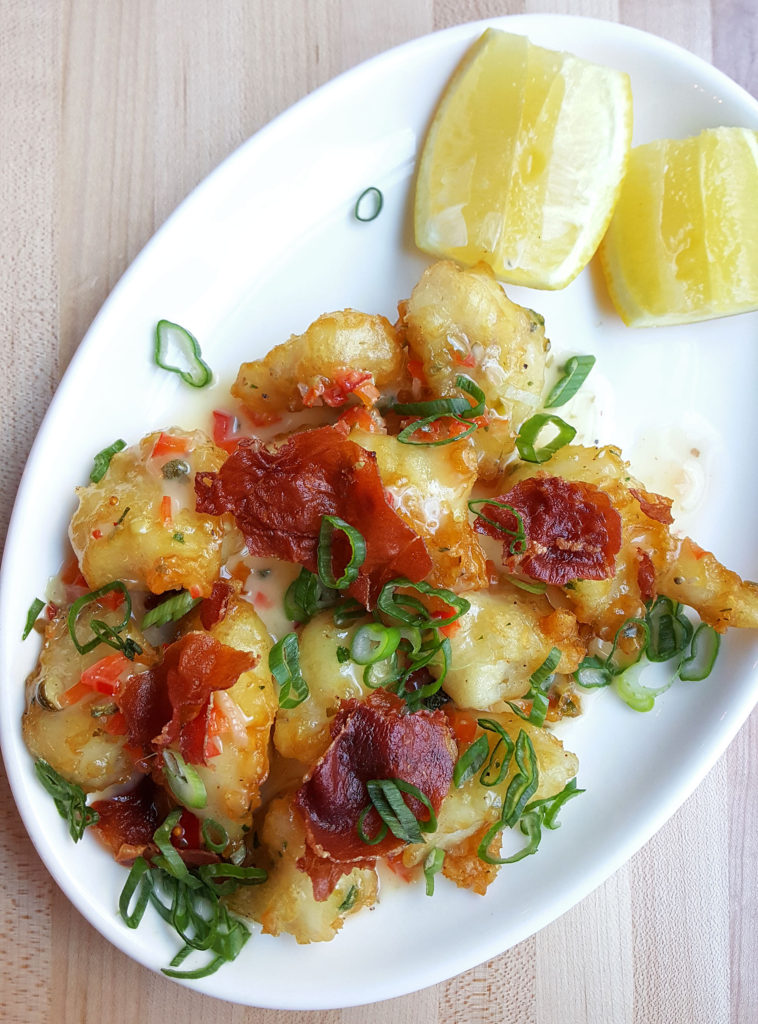
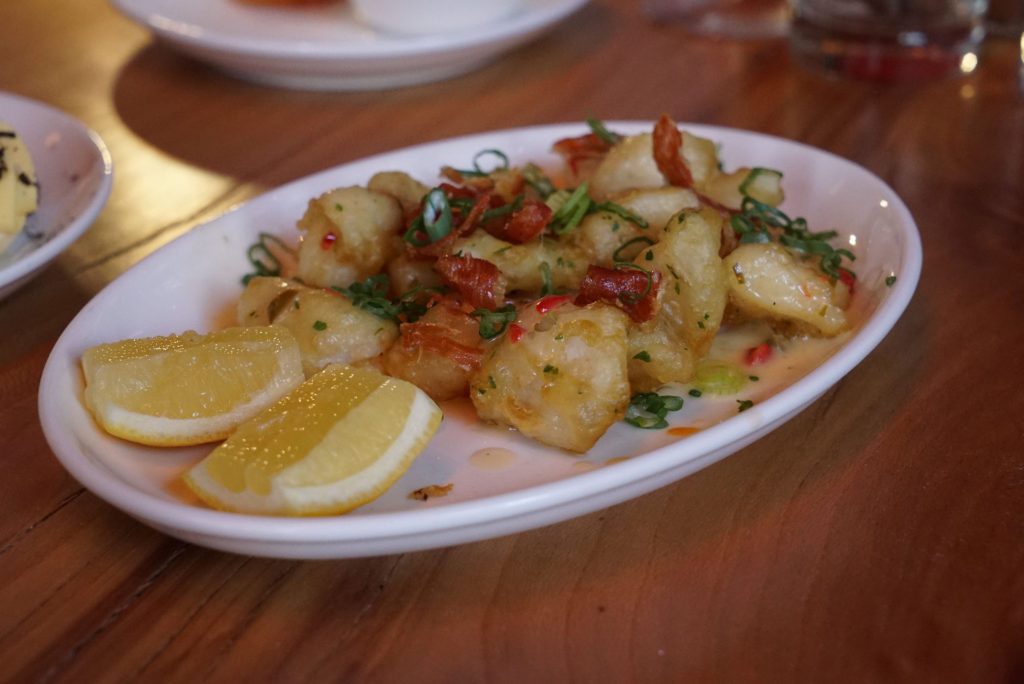
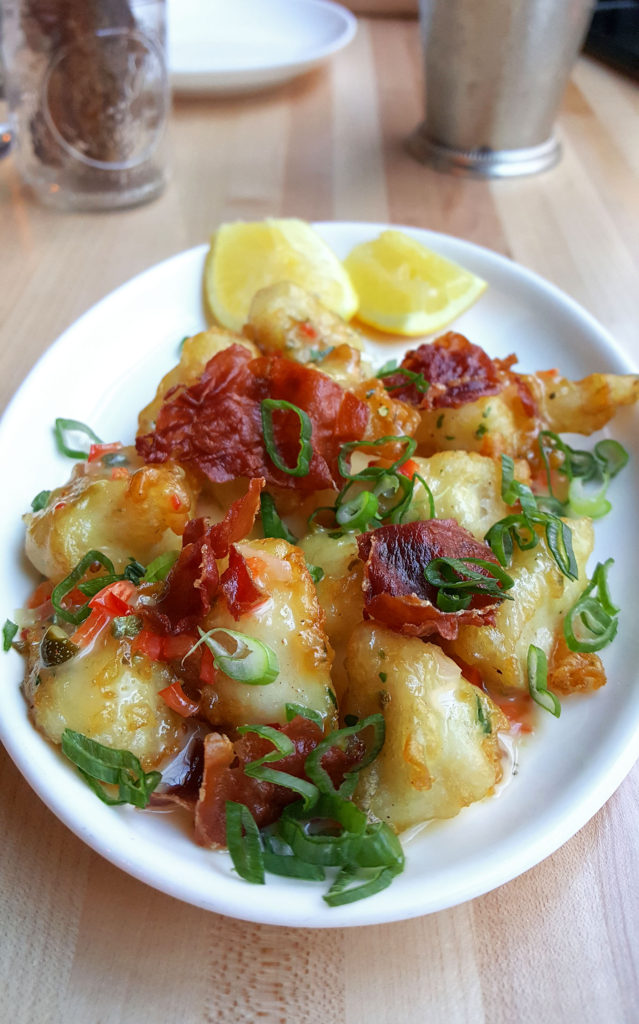
I’m usually not a fan of cooked oysters, but the Grilled Oysters here definitely changed my mind.
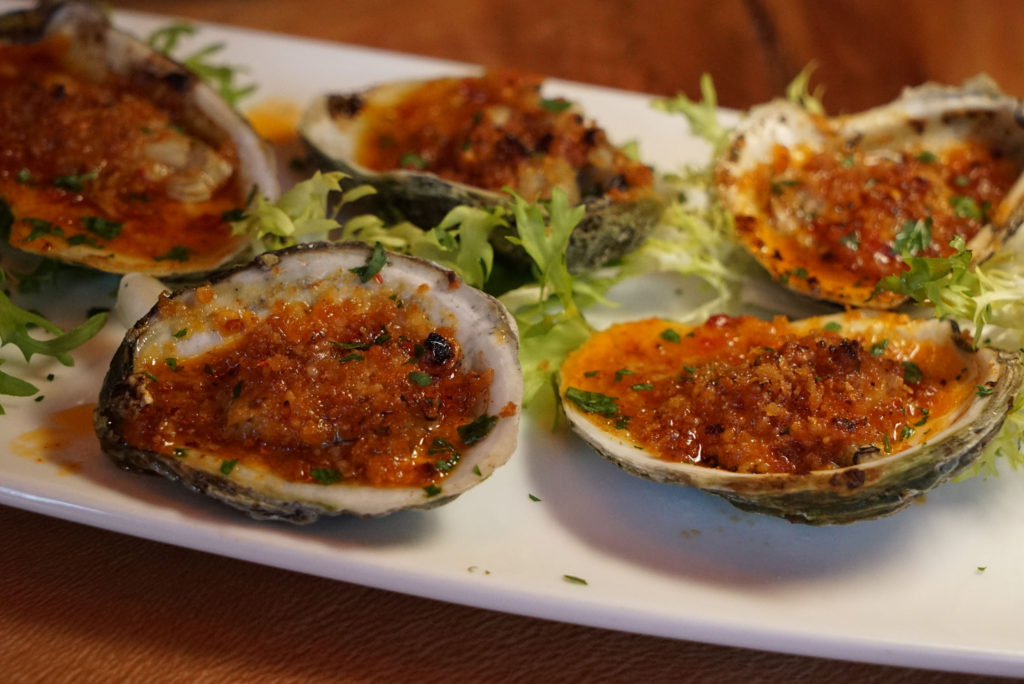
MAINS
Brisket Ravioli with black truffle butter? Yup. They even shaved a bunch on top, table-side.

Beautiful.
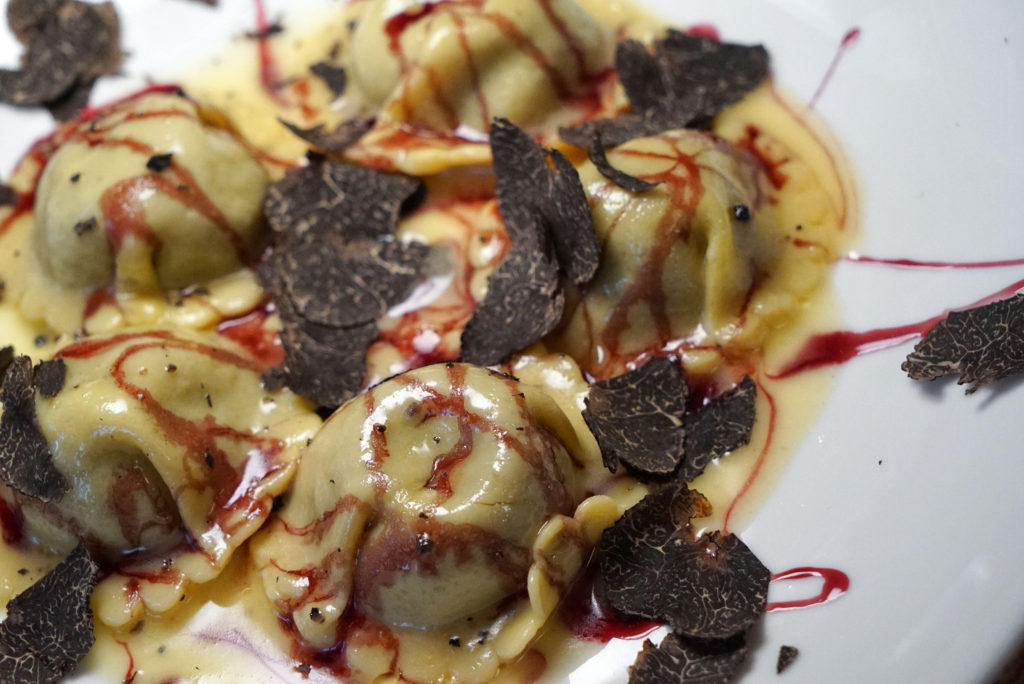
We shared the Bleecker Burger, which is probably now one of my new favorites. It’s in the style of a Big Mac; double patty, special sauce (yeah – it’s an incredible sauce). Nearly flawless in execution. As a friend pointed out, it just needs an element of crisp, whether from the patty or a leaf of iceberg. The house pickles are perfect.
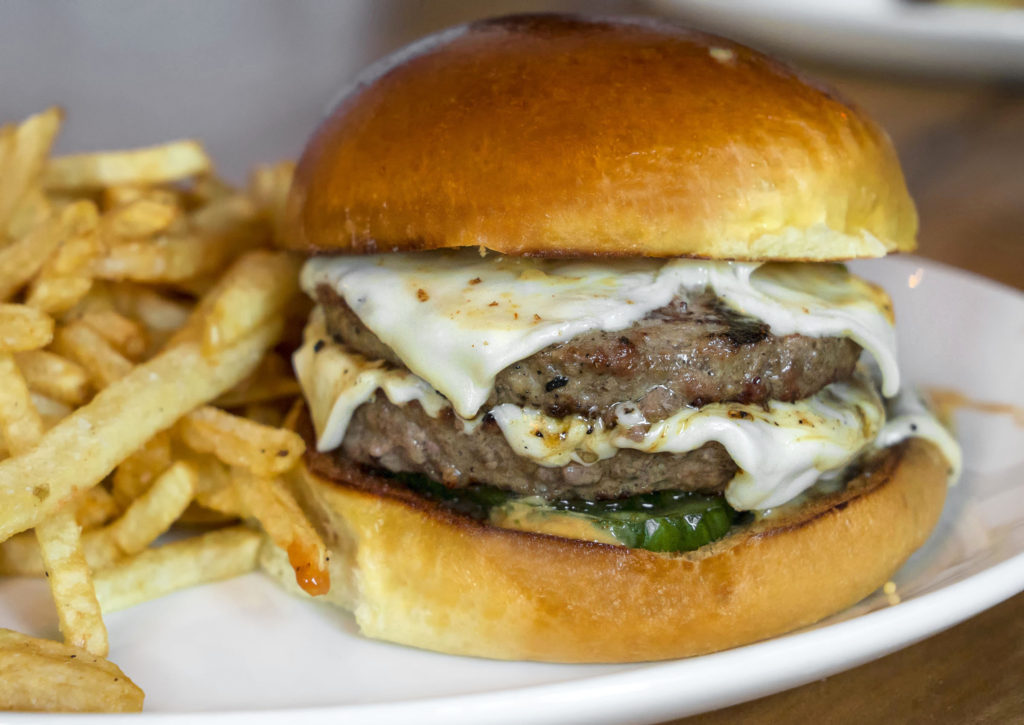
The Linguine Cacio e Pepe and Lasagne dishes were both nicely executed as well, but I didn’t get a shot of either, unfortunately.
FOR THE TABLE
Let me start with the amazing Smoked & Fried Chicken. This is a whole chicken, and it’s expertly breaded and perfectly fried.
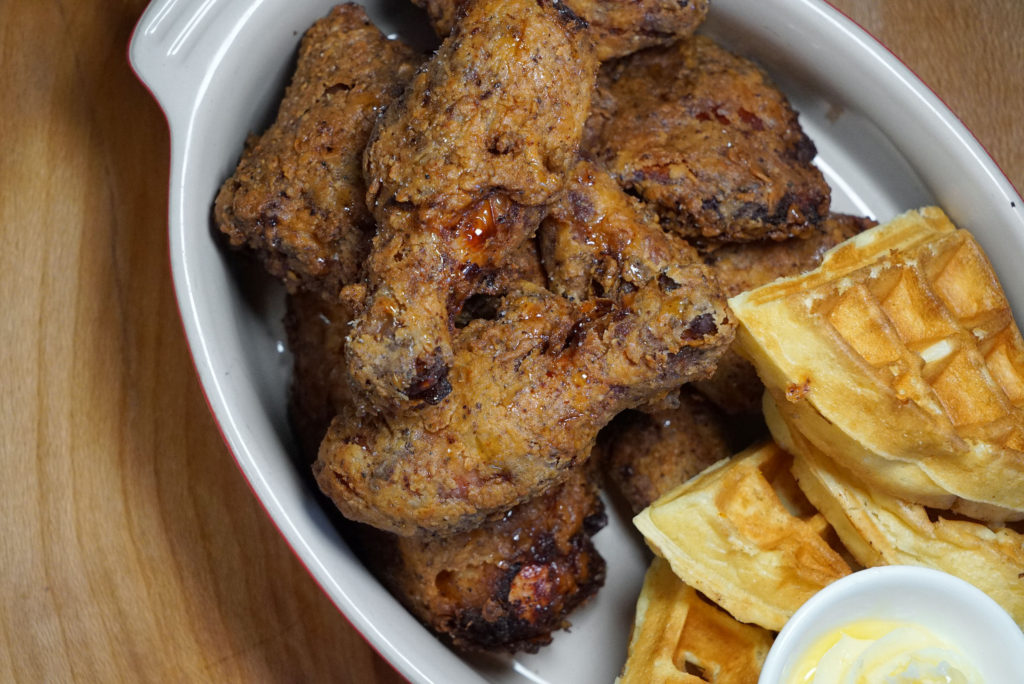
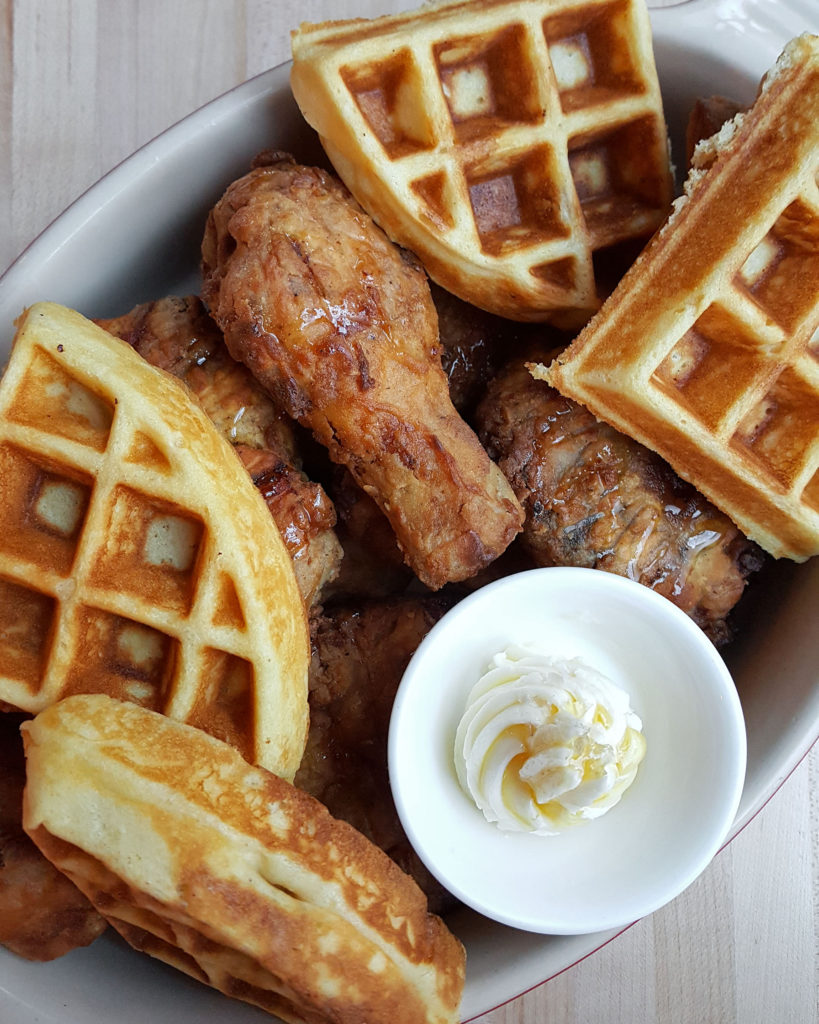
I enjoyed this more than Ando and Ma Peche, which seem to be the top of the pack for many fried chicken aficionados.

Again, the sauces that come with this are amazing.

But the waffles with whipped sweet and salted butter were the real show stoppers. I’ve never had a waffle that tasted so good.
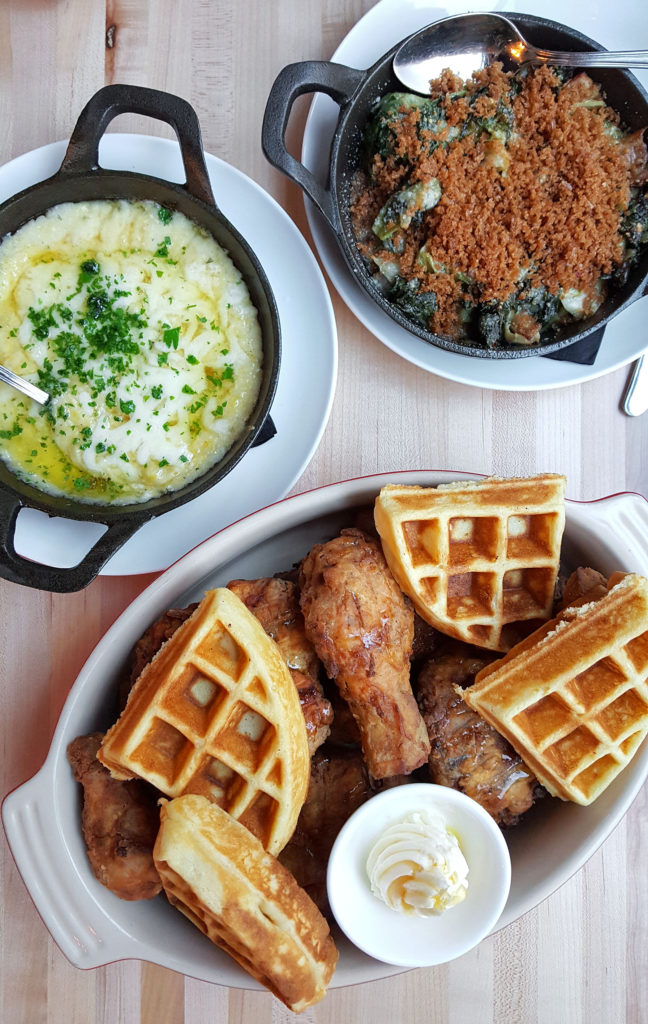
The chicken comes with cheesy grits, which are fantastic.

Here comes the big daddy: the Tomahawk Chop with Smoked Beef Rib. Essentially, steak and brisket.
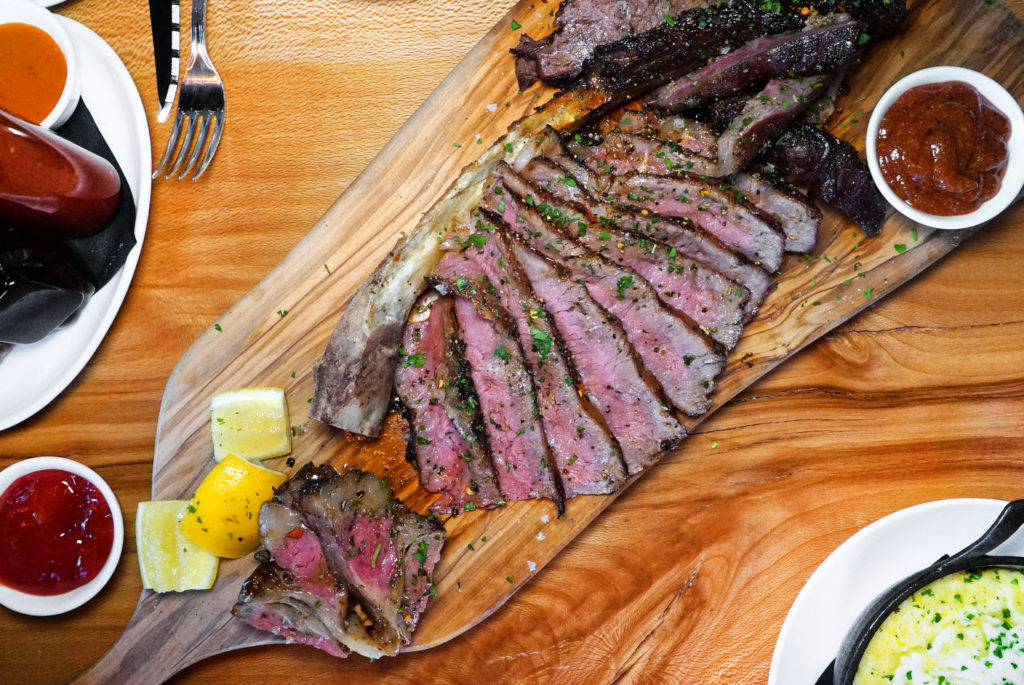
This is an aged Pat Lafrieda cut that has been lightly smoked before being properly finished off as a steak. It’s served with smoked cap and brisket, and another amazing steak sauce.
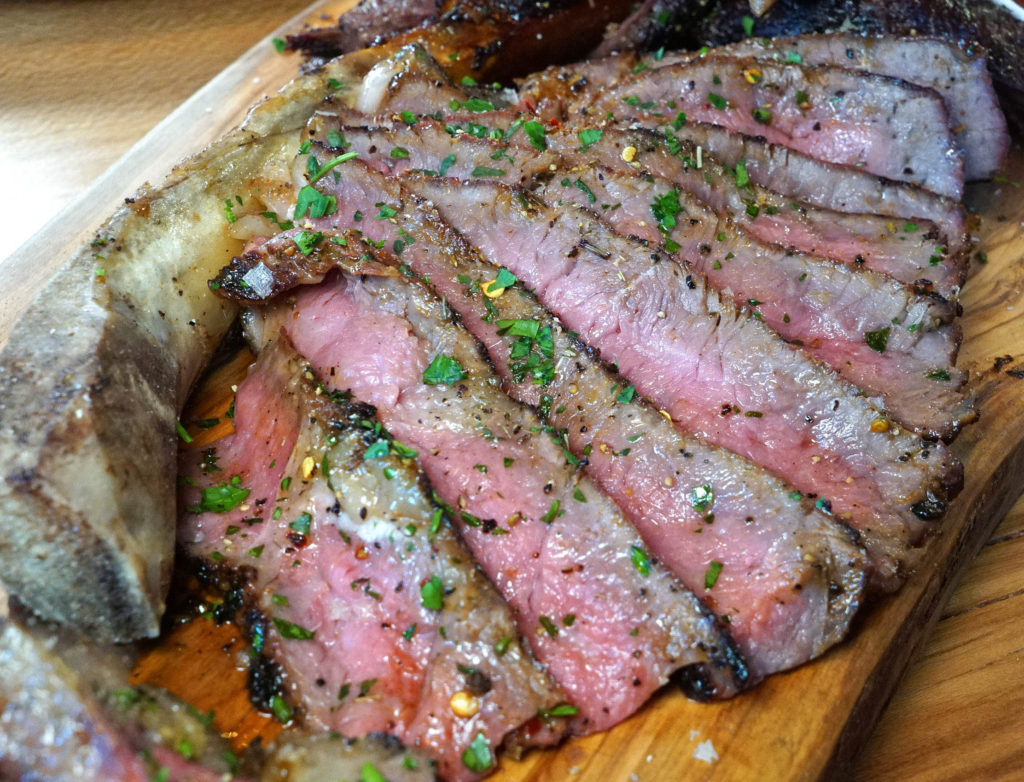
This steak tastes like a delicious hybrid between BBQ and traditional steakhouse fare.
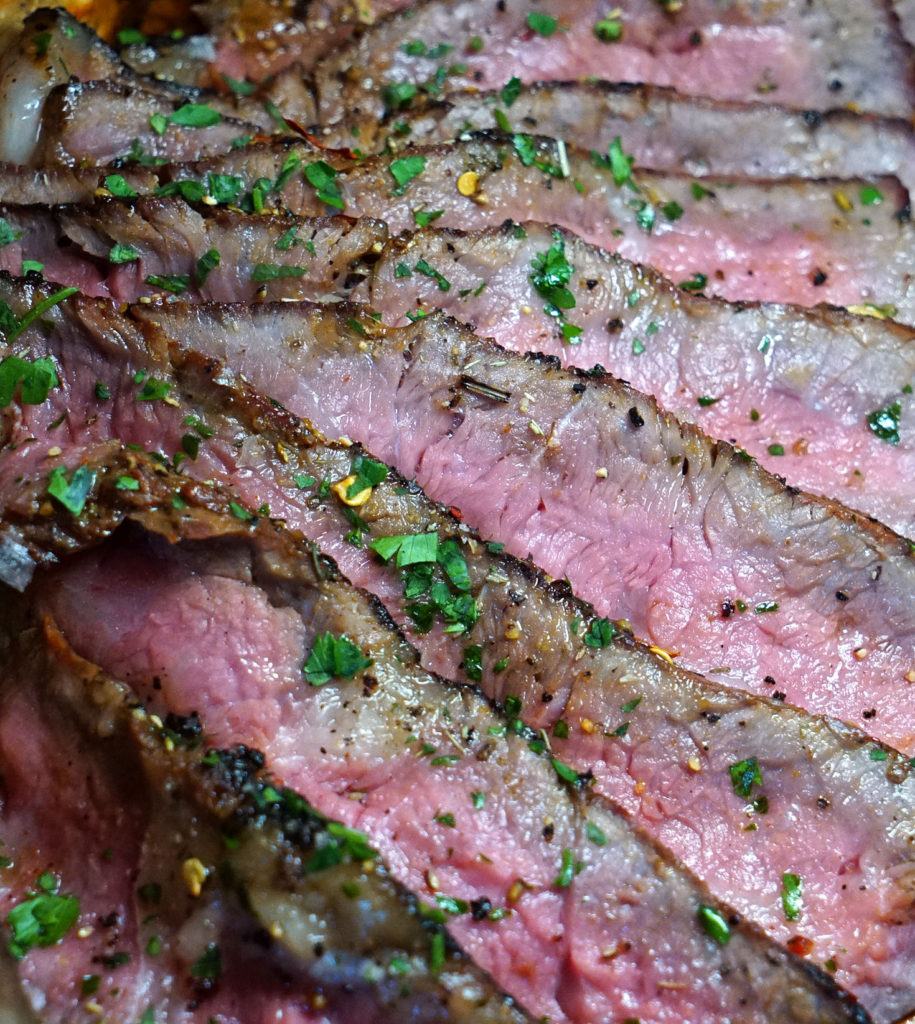
It’s smokey and sweet, but also earthy and savory. It really blew me away. 10/10.
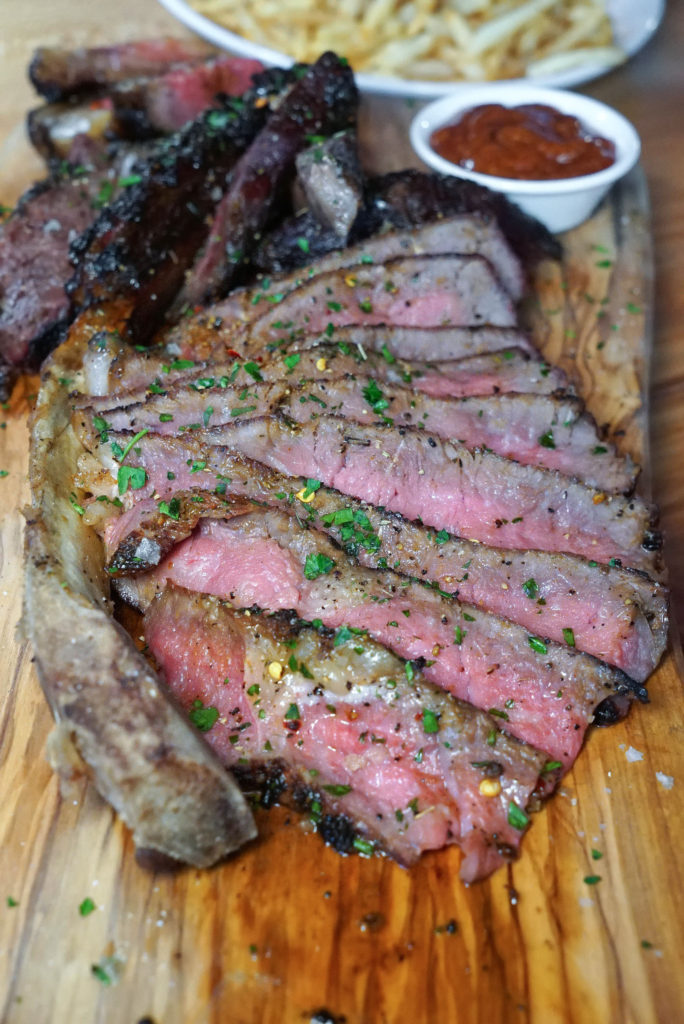
SIDES
The Mac & Cheese is really tasty, and topped with a cheese powder that will take you back to your childhood.
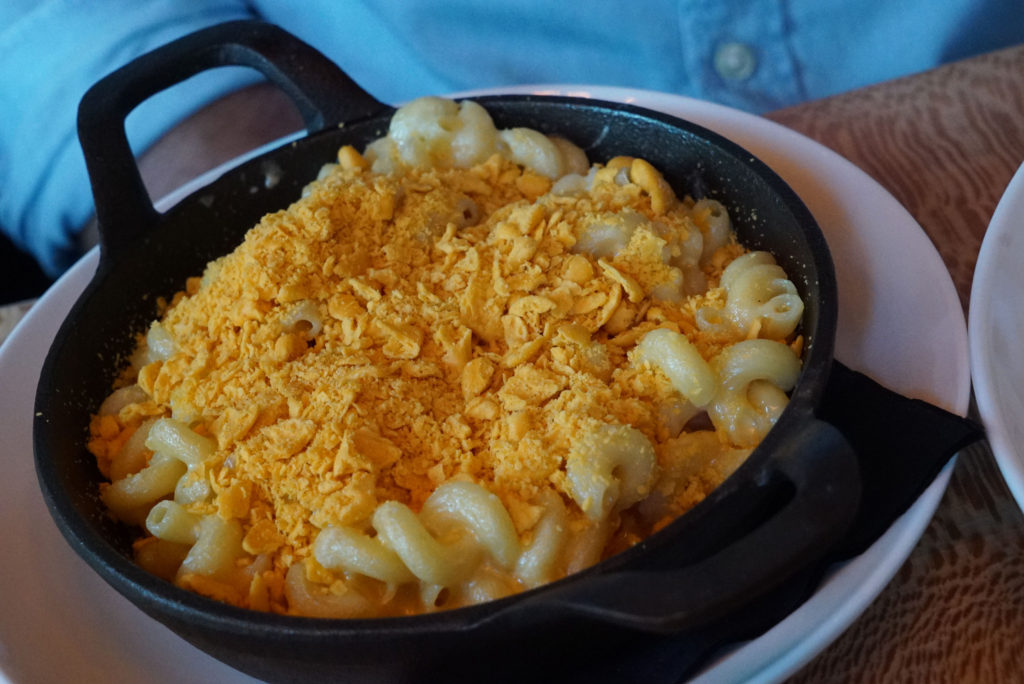
These Hand Cut French Fries are more like flattened and squashed baked potatoes. Very good, and not the same as the shoestring style fries that come with the burger.
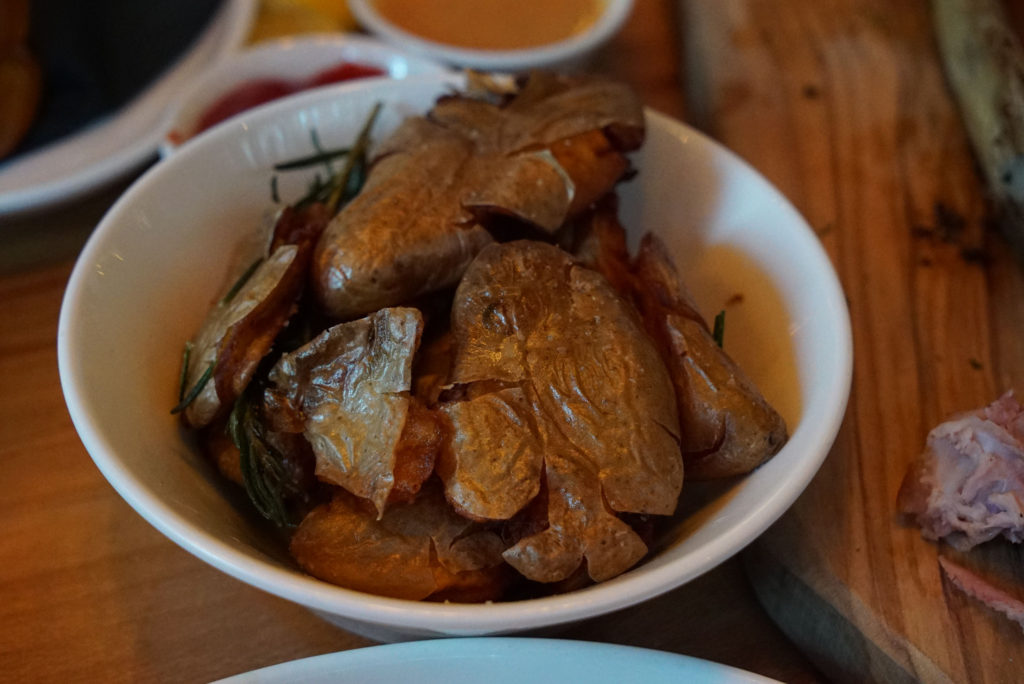
The Utica Greens are made with escarole, which I love to see on menus. This really popped from the smokey bacon and cherry peppers.
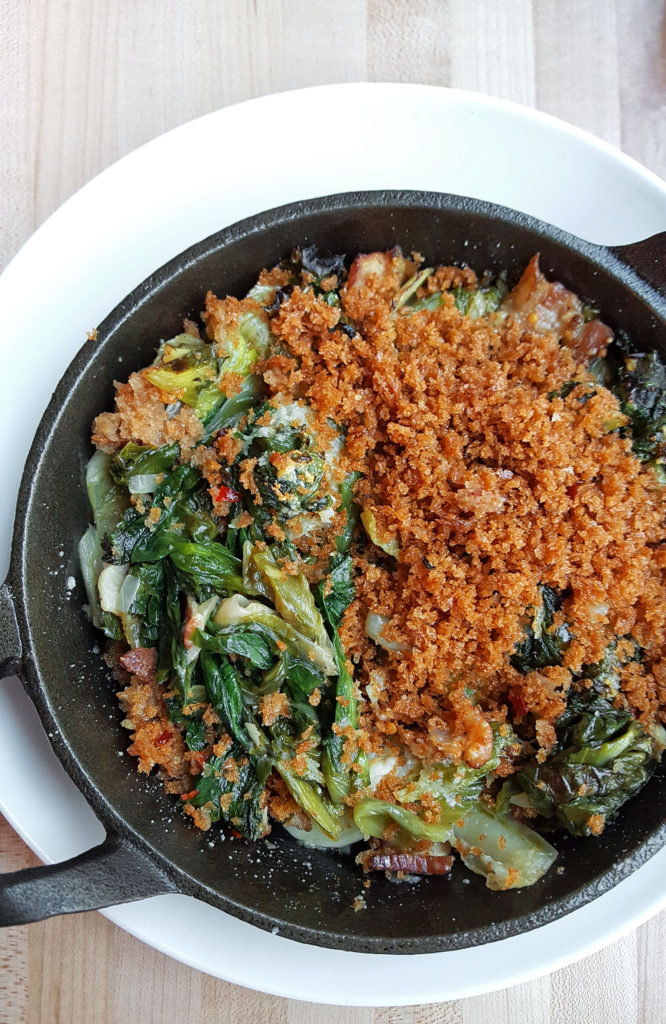
Finally, we tried the Anson Mills Grits, which I also liked very much.
DESSERT
Mason Jar Oreo Cheesecake. Velvety and delicious.
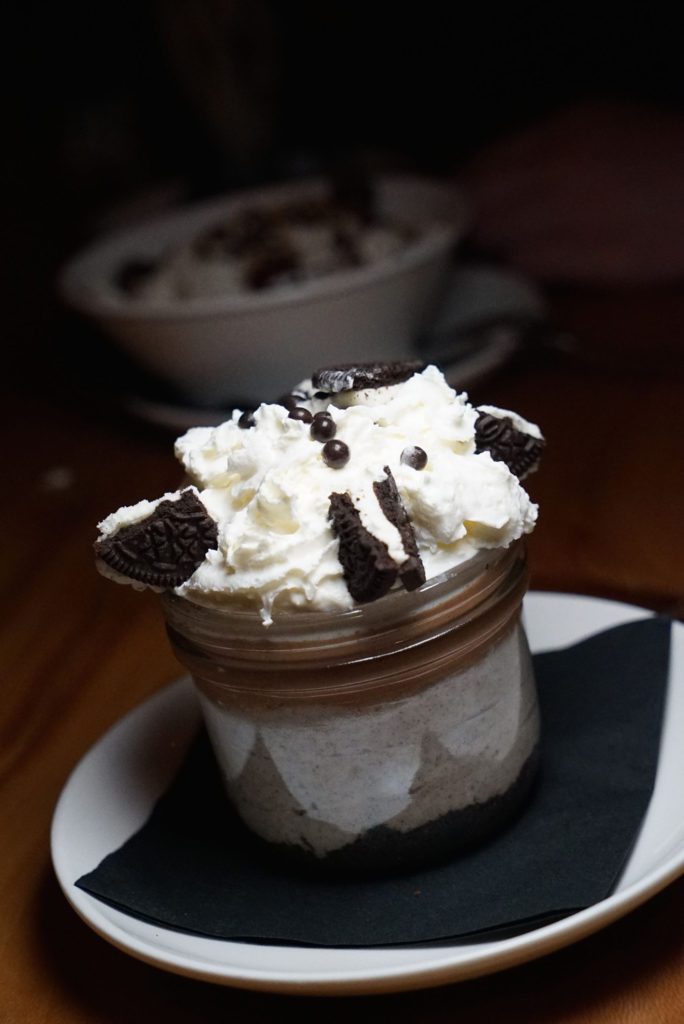
Mango Sorbet with Yogurt Chips & Fresh Mango. So bright and flavorful.

Karen’s Key Lime Pie. Perfect rendition of this classic.

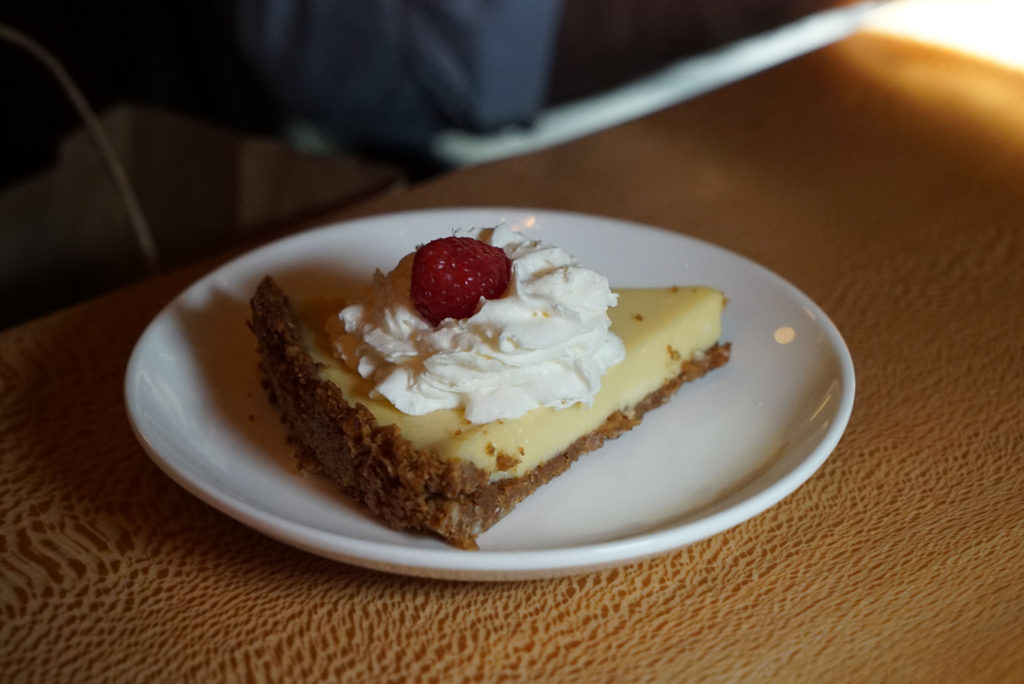
Brownie Hot Fudge Sundae with Virginia Peanuts. Decadent.
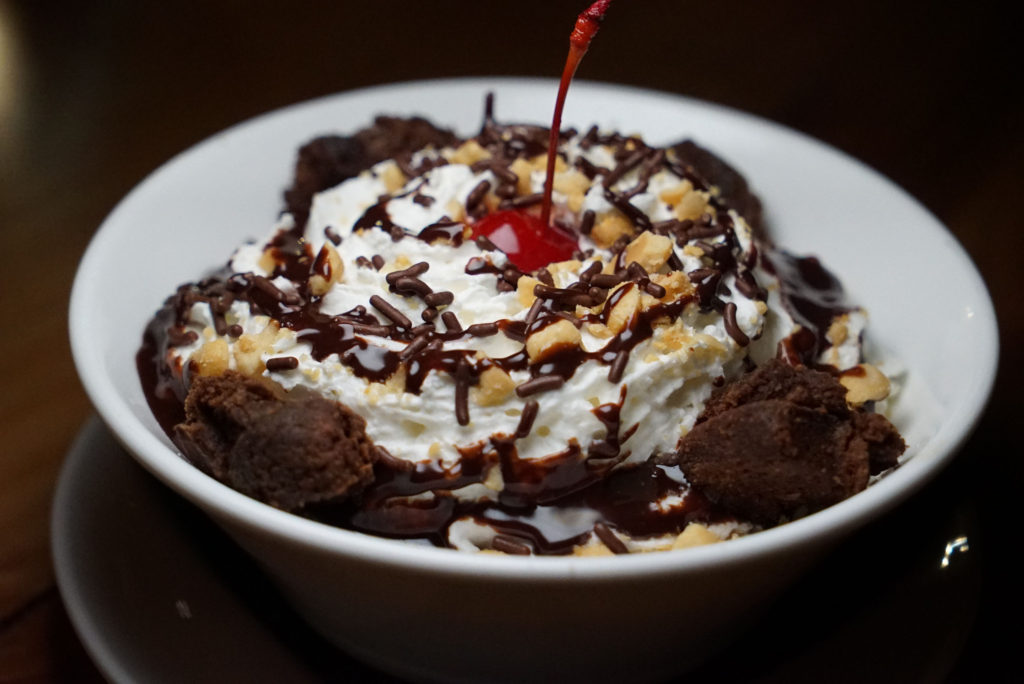
Buckeye Milkshake (like a peanut butter and chocolate ice cream shake). This is something special. Not only is it gorgeous, but it is filling, yummy and satisfying.
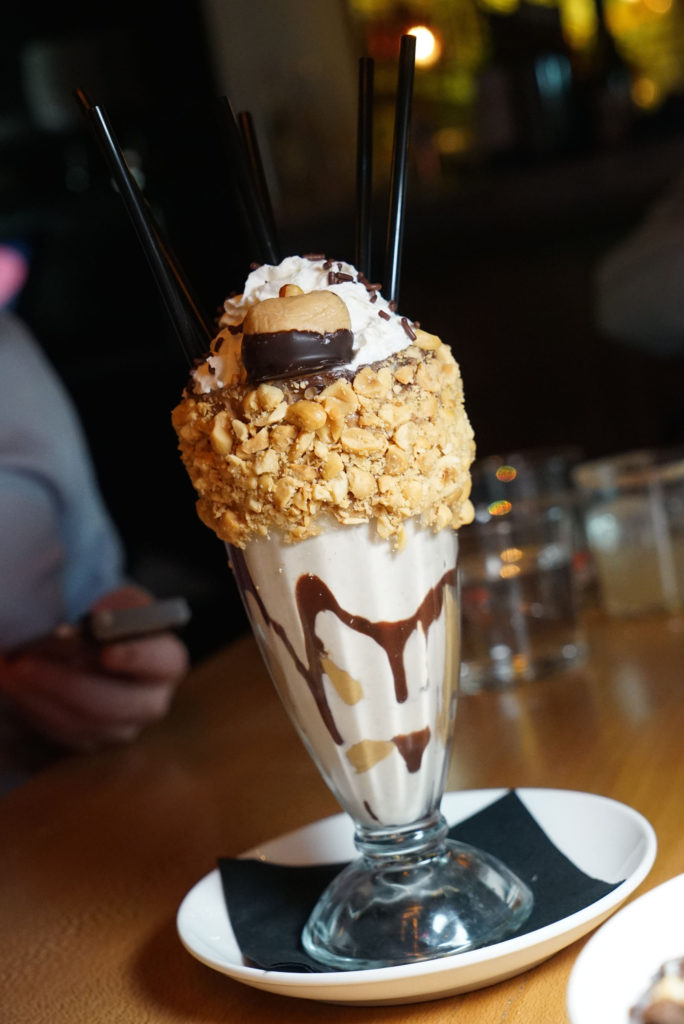
They were all awesome, and overall this was an amazing meal. I can’t wait to go back and try their 155 Steak, a Teres Major/Shoulder Tender cut, so keep an eye out for updates.
UPDATE 4/18/17 – 155 STEAK
This shoulder tender is awesome.
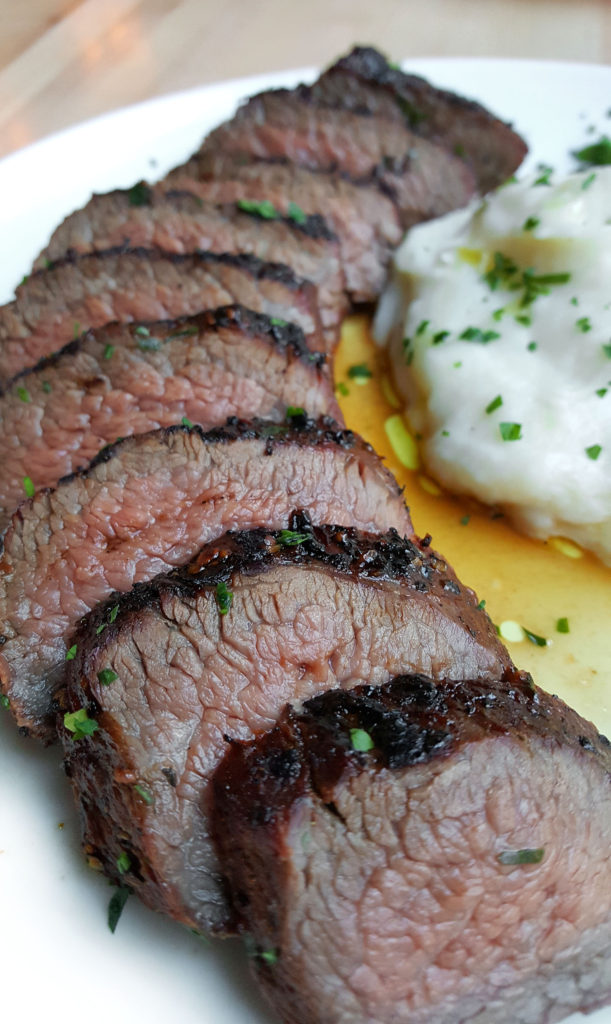
It has all the softness you’d expect from a filet mignon, but the flavor character of a rib eye.
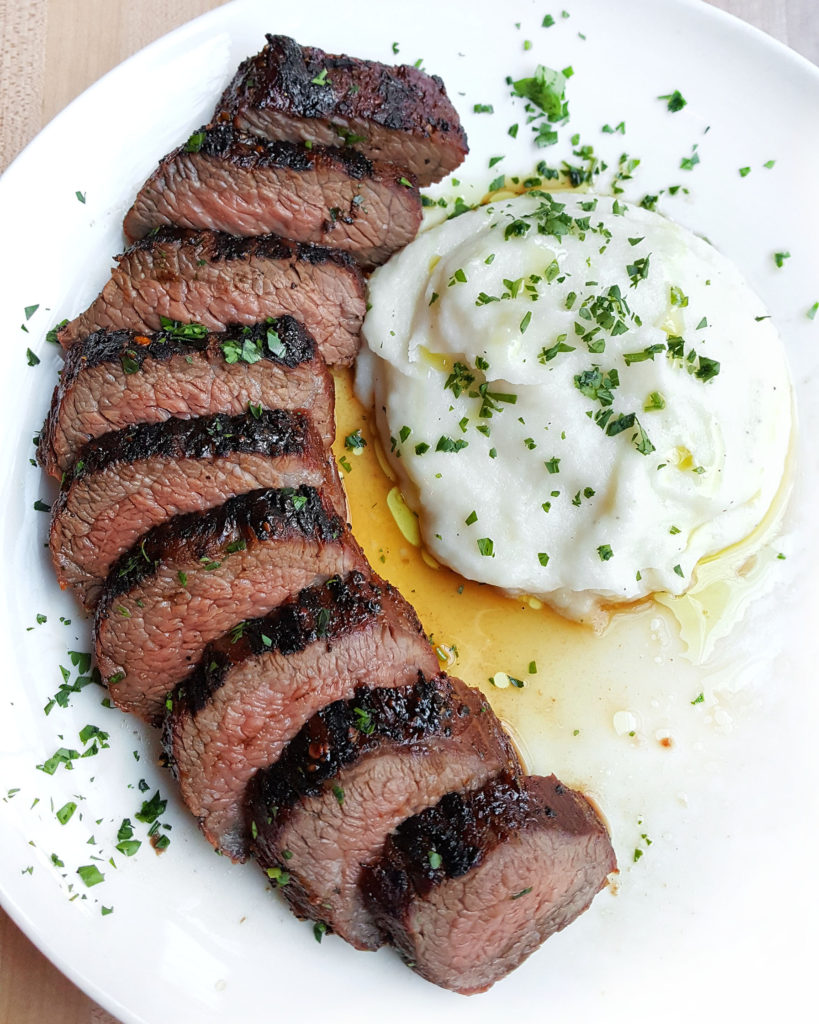
Although it was cooked more like medium than medium rare, it still packed a lot of oomph. It was slightly sweet yet savory, had a good crust on the outside, and was super tender and juicy inside. At just $28, this is a steal. 8/10.
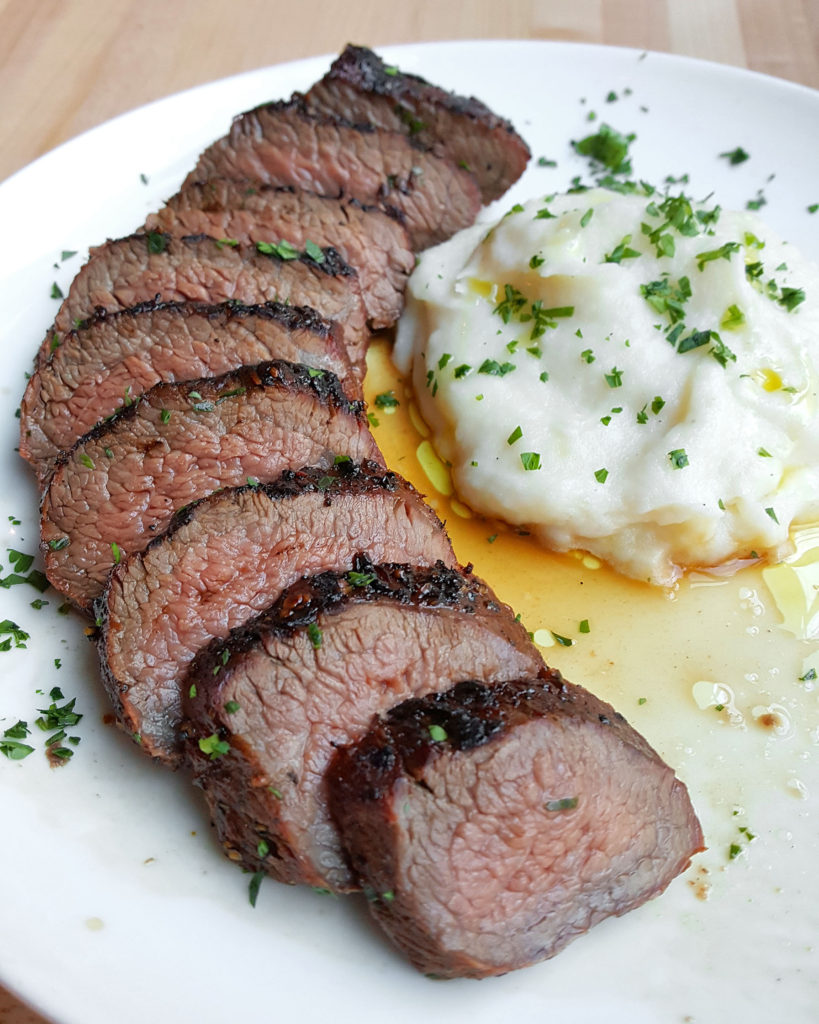
PIG BLEECKER
155 Bleecker St
New York, NY 10012

